Ep. 29: Tsutomu Nihei Spotlight, feat. APOSIMZ, Plus: Mao, by Rumiko Takahashi

A change of format for this week’s episode, as David takes the reins and introduces Chip and the gang to the wide world of Tsutomu Nihei, with a special focus on his newest series APOSIMZ! We read a little bit of his entire catalogue this episode, and see how an author changes and grows over the decades! Plus! We have another #sponsored Manga Blind Date courtesy of our friends at VIZ Media! Head over to http://bit.ly/MaoPodcast and check out a preview of Mao Volume 1 by Rumiko Takahashi, and skip to 1:14:10 to hear us talk about this new manga by the master! Don’t miss this very exciting special episode.
INDEX
00:00 Start!
03:30 BLAME!
17:50 NOISE!
26:30 Biomega!
37:30 Abara!
43:35 Knights of Sidonia!
52:55 APOSIMZ!
1:14:00 THE BREAK!
1:14:10 Manga Blind Date: MAO, by Rumiko Takahashi.
1:26:06 THE BREAK! Part 2.
1:26:35 We pick new books! Oooo!
Powered by RedCircle
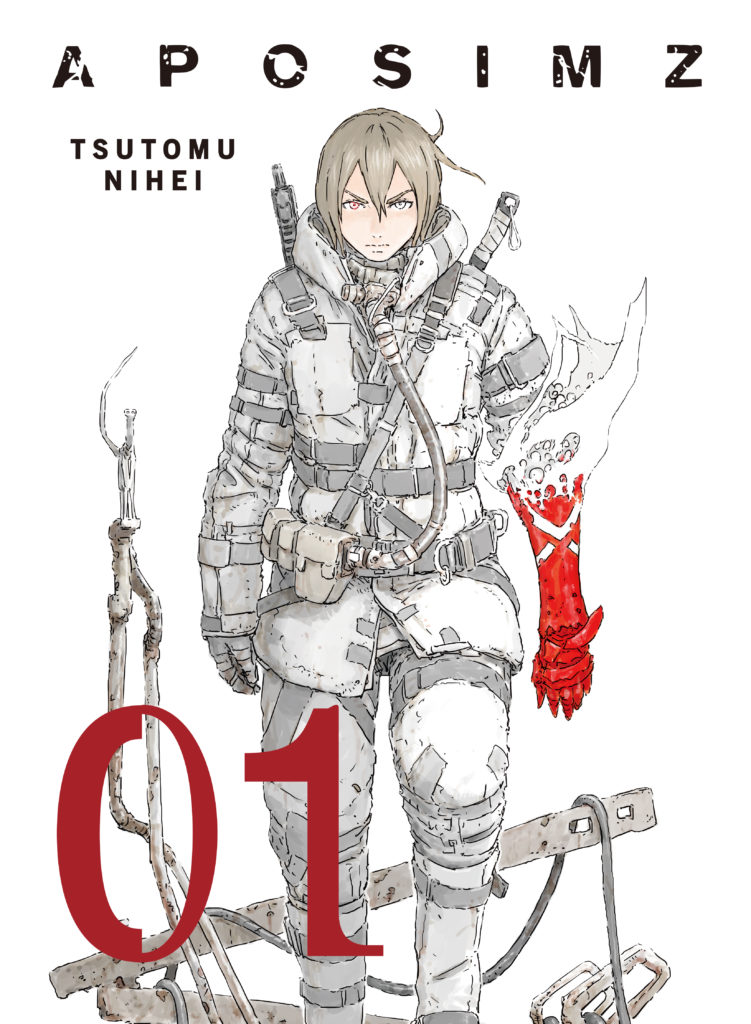
Tsutomu Nihei Spotlight, Featuring APOSIMZ
APOSIMZ Volume 1
By Tsutomu Nihei
Note from Chris: My apologies, but my copy of APOSIMZ Volume 1 has no listed credits for translation, lettering, etc. This may be an error? I will update this line as soon as I have that info.
Tsutomu Nihei first chapters discussed this episode:
Blame! https://kodansha.us/series/blame/
Noise https://kodansha.us/series/noise/
Abara https://www.viz.com/read/manga/abara/product/5763 (incomplete)
Biomega https://www.viz.com/read/manga/biomega-volume-1/product/2255
Knights of Sidonia https://kodansha.us/series/knights-of-sidonia/
APOSIMZ volume 1 https://kodansha.us/series/aposimz/
00:00 As mentioned up top, this is a very special episode of Mangasplaining! David takes us through Tsutomu Nihei’s APOSIMZ, but not before we start at the beginning of his career with his debut book, Blame! (pronounced: BLAM!, like the onomatopoeia of a gunshot). It’s a wild ride, get ready to learn a lot about Tsutomu Nihei!
1:30 Here’s what Caleb Goellner, aka @calebandrew, said as he described Nihei’s work:
“Knowing what I know about about Nihei, I’ve kind of grounded his comics as an Architect’s exploration of existence to mortality, and the fight against it. Everything he makes is about whether consciousness can truly be separated from the body, and what that means for being truly alive. He drops characters into existing frameworks and they’re forced to wander through them with no real answers.”
3:00 So yeah, as David and Deb get into, Nihei went to New York City and studied at Parsons School of Design. His work shows a lot of American and European influences, but it’s still undeniably manga. He broke into the industry when he won Kodansha’s Afternoon Four Seasons Award, specifically the Jiro Taniguchi Special Prize, for the early one-shot version of BLAME! Incidentally, that one-shot is included in NOISE. It’s pretty rare to see early one-shot or prototype manga like this published in English.
3:30 BLAME! – 10 volumes, collected in 5 “Master Edition” oversized omnibus volumes (Kodansha), 1997-2003
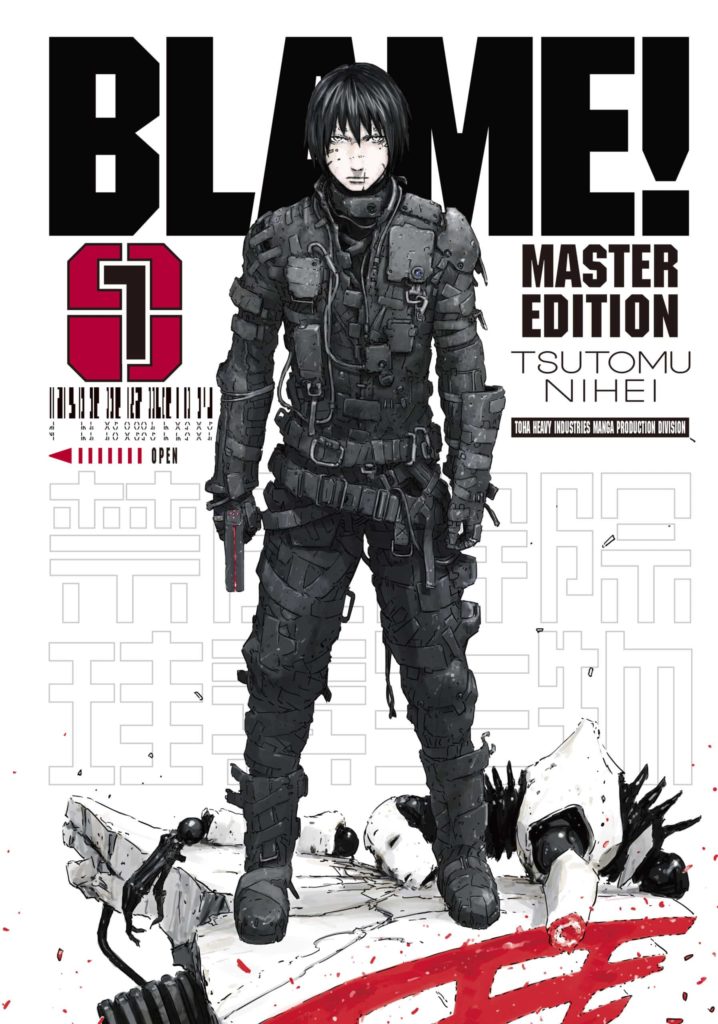
5:45 I was specifically referencing Stephen King’s Gunslinger Trilogy here. I get into that again in a few minutes, but I do think there’s something of a stranger-in-a-strange-land kind of a story going on here. Someone with a purpose that only he can understand, a hostile environment, a dead world (or to use King’s words, “A world that has moved on.”) I wonder if that series was an influence on Nihei?
08:00 Deb mentions some weird stuff, stairs, captured kids, and whatnot. I totally get it, though there’s still a lot to like on these spreads that don’t quite work.
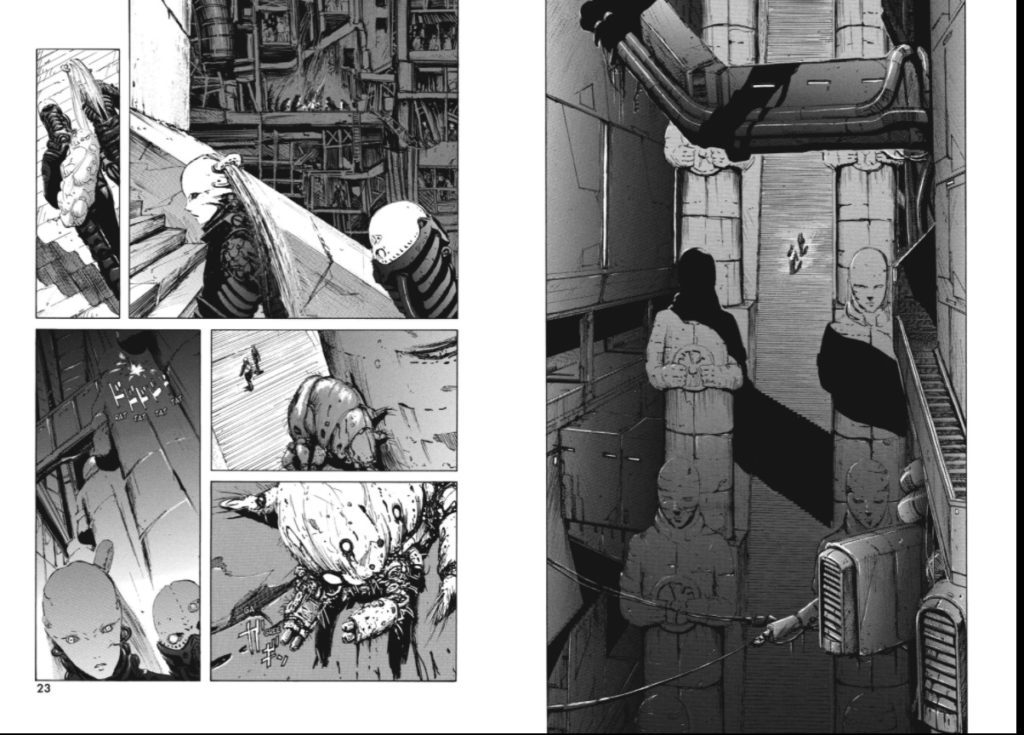
9:58 The book says: “The cold silent land was lightening as the human figure walked up to the ridge.” As Deb mentions, this is from James Tiptree Jr.’s A Thousand Light-Years From Home, a sci-fi classic. The whole novel appears to be online here at https://www.scribd.com/doc/92444076/James-Tiptree-Jr-ten-Thousand-Light-Years-From-Home-Ace-1978.
Deb mentions that James Tiptree Jr. was the pen-name for Alice Bradley Sheldon, a very interesting lady. Check out the Wikipedia entry about her.
We talk a little bit at the end of the episode about Nihei’s work and how it may or may not relate to 7 Billion Needles, but I think this referencing a 70’s SF classic short story is another interesting link.
11:24 Here’s that opening spread of The Bridge that Chip keeps talking about. It’s a real good shot, gotta say.
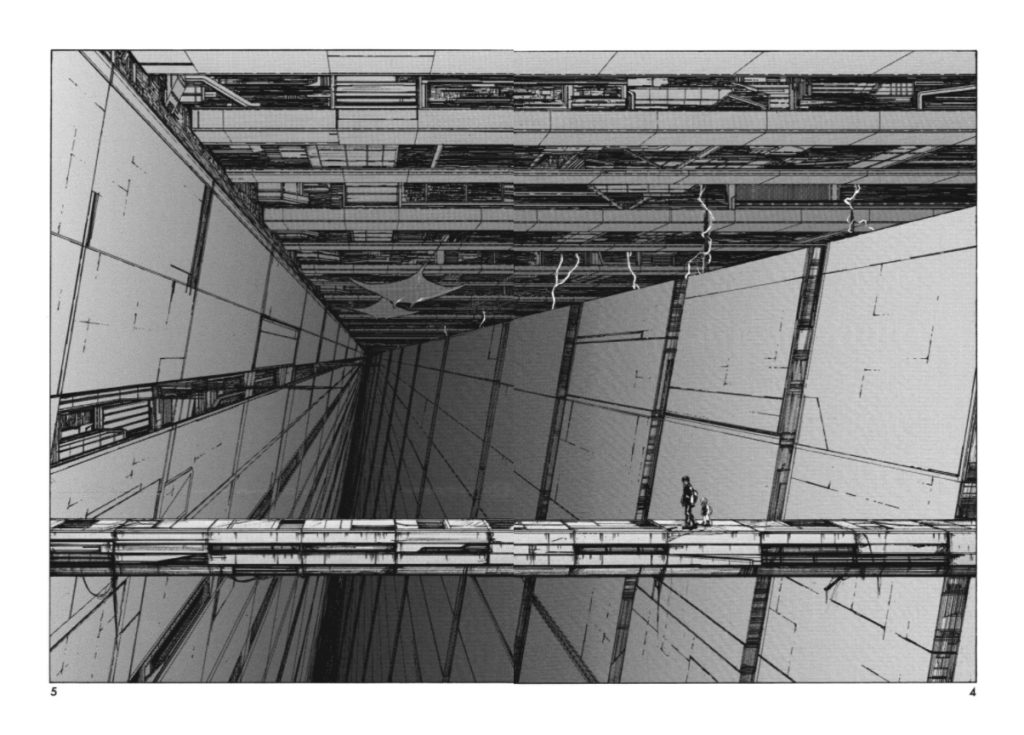
And here’s the next two pages, which Chip describes as “a dog’s breakfast.”
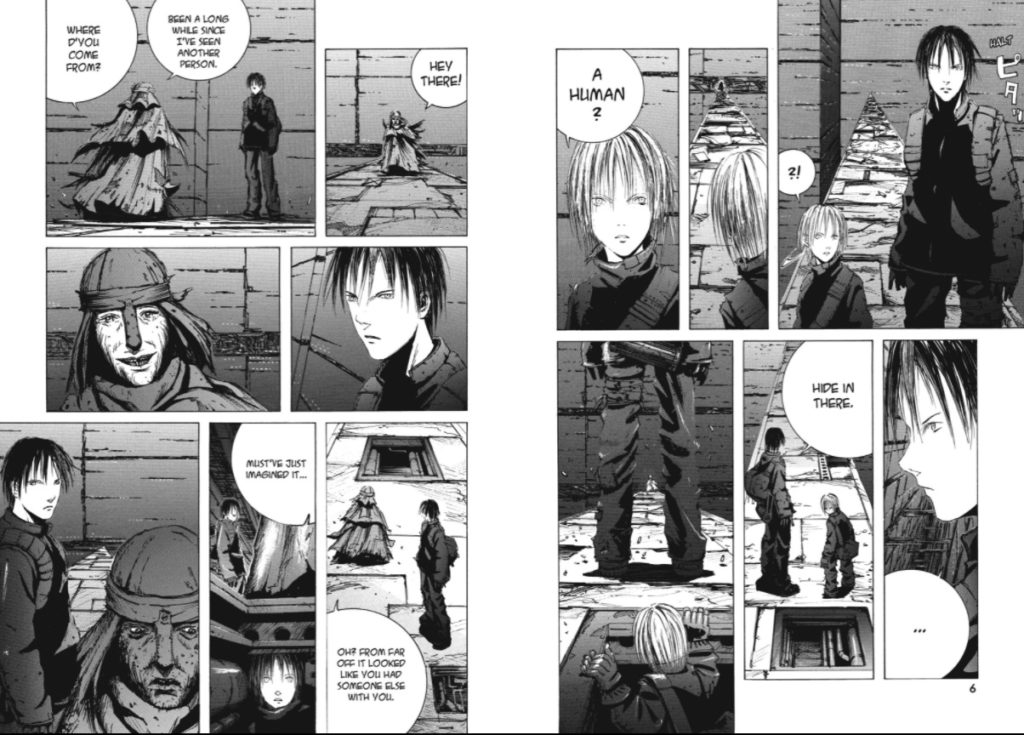
13:38 That badly drawn face we’re mentioning is in the image above, and yeah, I see it.
15:30 Chip hates this panel. Haha. All I can see is how exciting this panel would be, and all he can see is the flaws in the drawing. I totally get what he’s saying, but there’s so much energy in this drawing, it’s so exciting, and you can absolutely see why people loved this series.
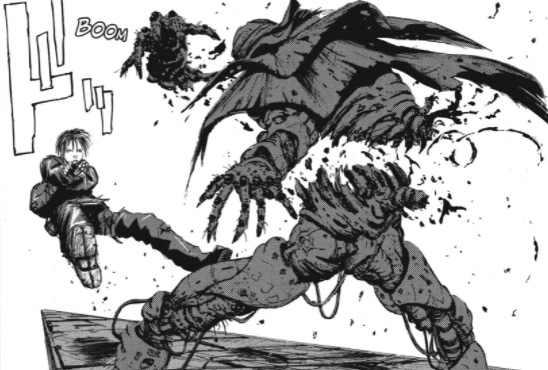
The spreads also have giant, crazy ideas in them that I really dig.
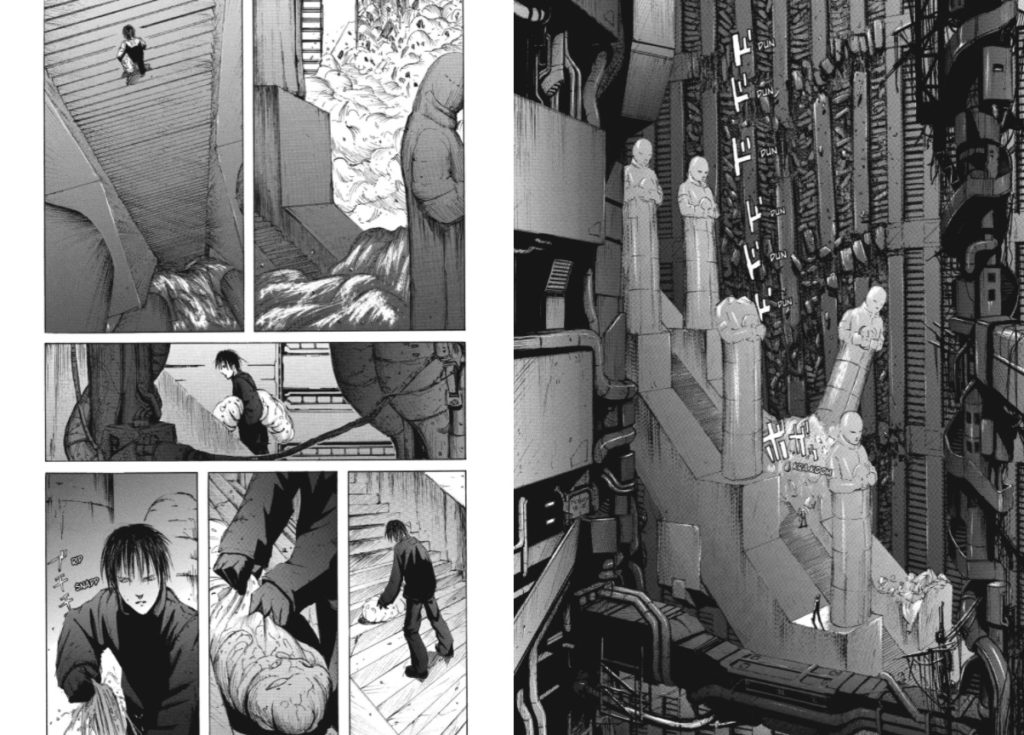
Bonus Content: David wanted to share his thoughts on some spreads from BLAME! Volume 6 that talk about his art. It’s also interesting to see where his art is at in the last volume, as opposed to the first chapter.
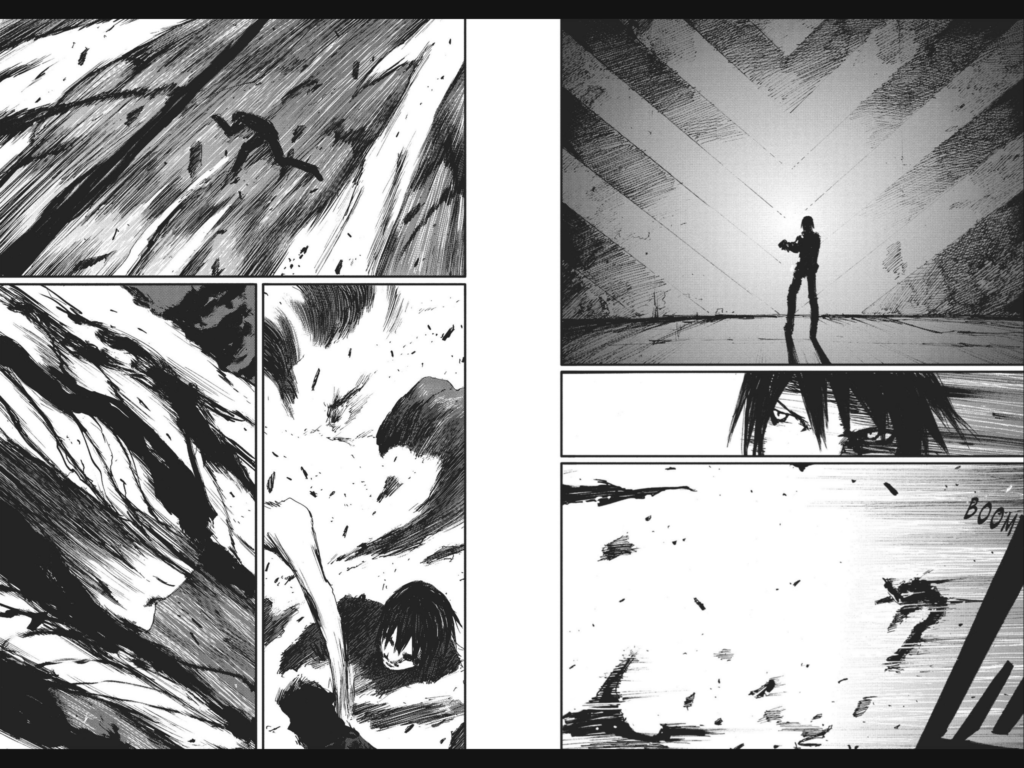
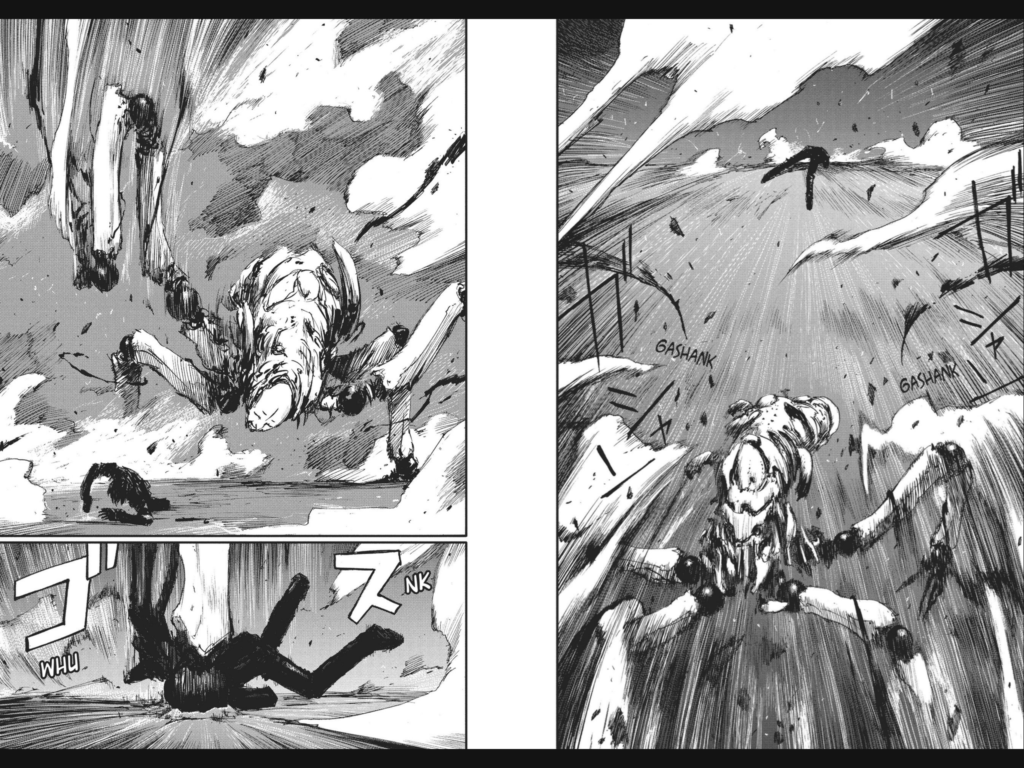
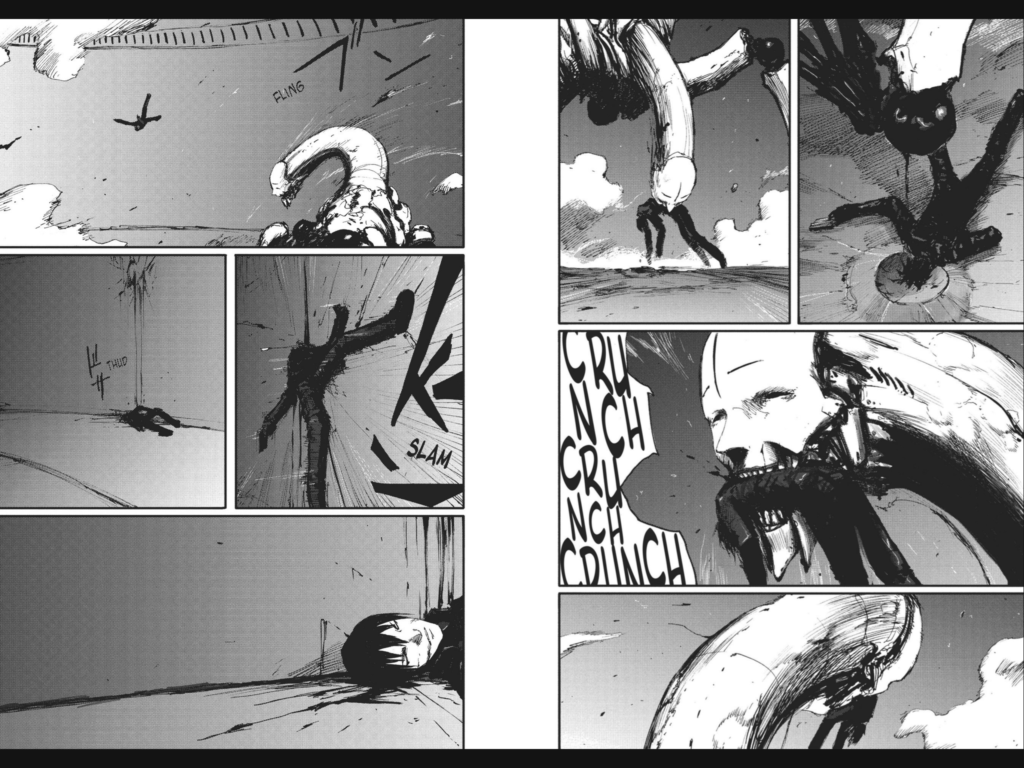
17:50 NOISE – 1 volume, 2000-2001 (Originally published by TokyoPop in 2007, now available as a digital edition from Kodansha)
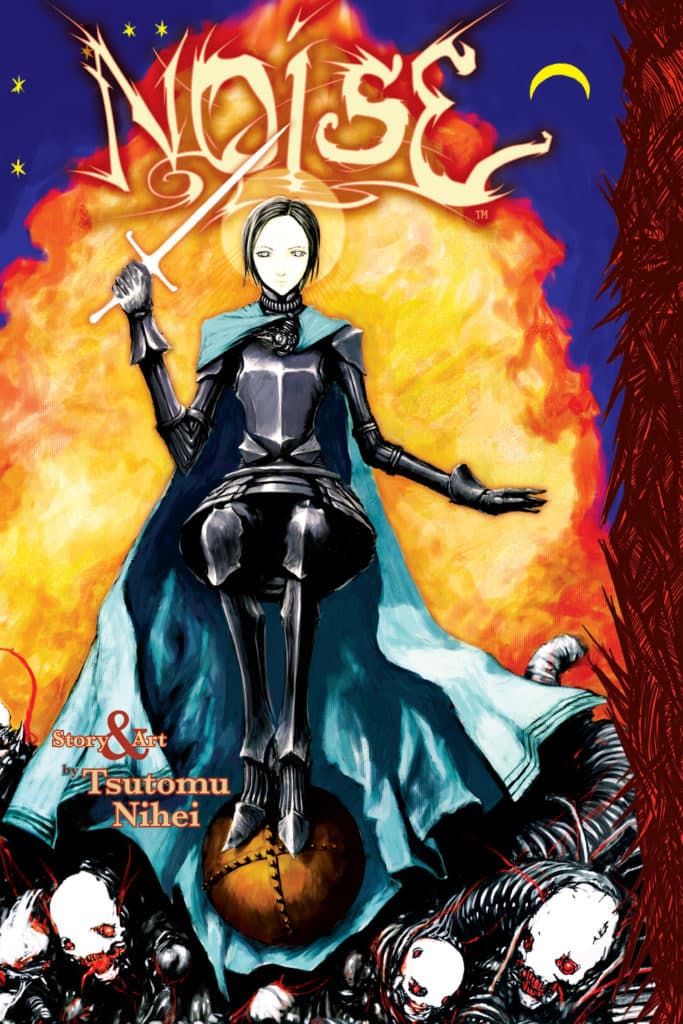
20:00 The eyes are just all over the place. On page 22, the eyes move further apart from panel to panel. I’m not denying Chip’s criticisms, and I can absolutely see them here too.
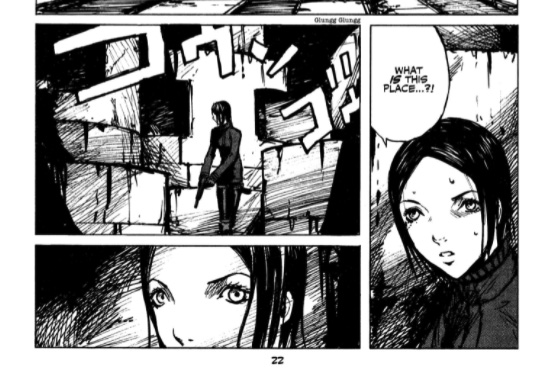
21:00 David’s right too, though. This panel absolutely looks like the best cover for a speed metal band’s 7” single.
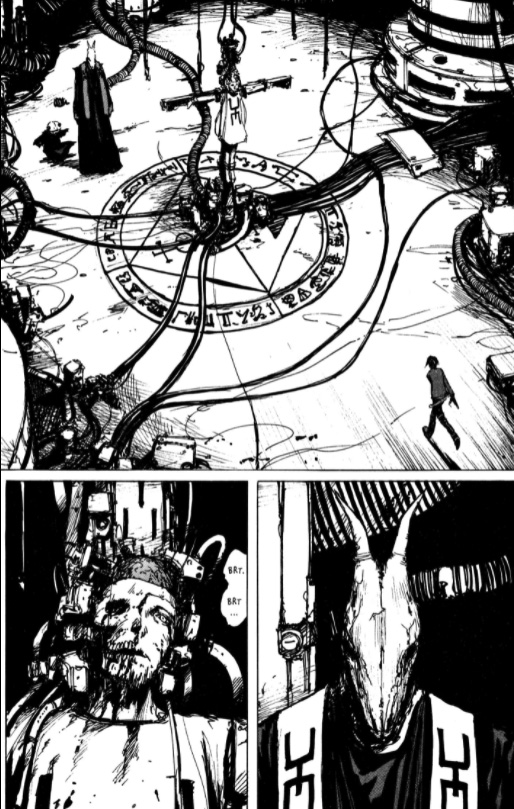
24:10 The end-of-chapter manga monster reveal. It’s cool, but yeah, the size of the monster changes dramatically. He doesn’t have the greatest handle on perspective at this point in his career.
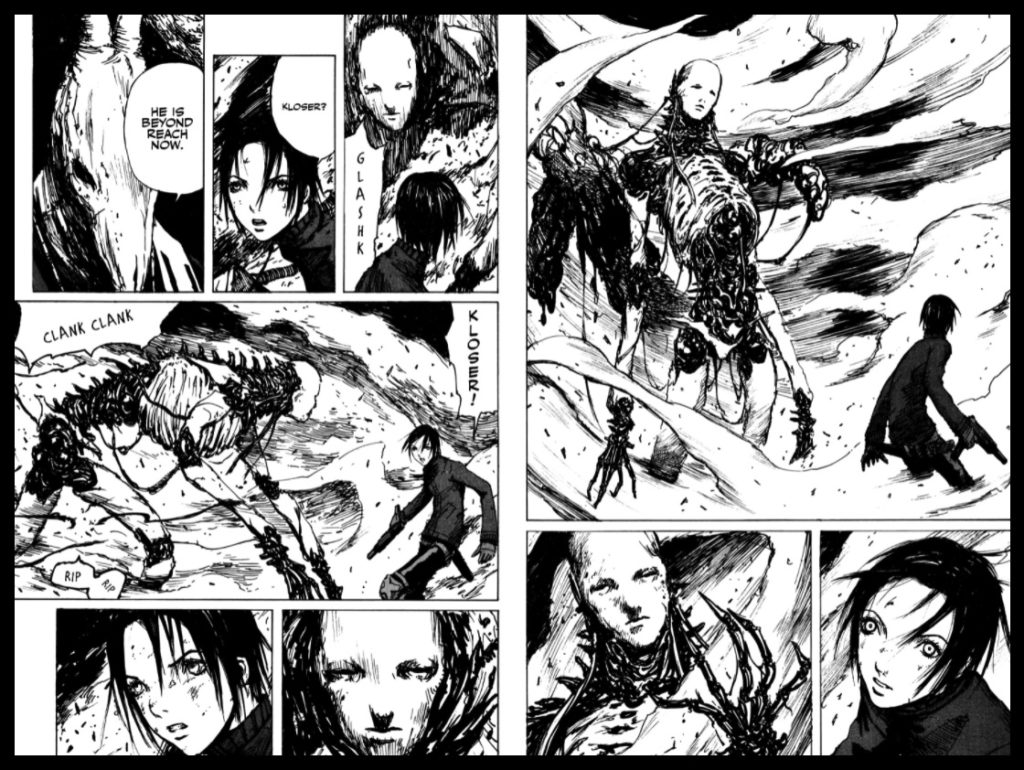
26:30 Biomega – 6 volumes, 2004-2009 (published by Shueisha / VIZ Media)
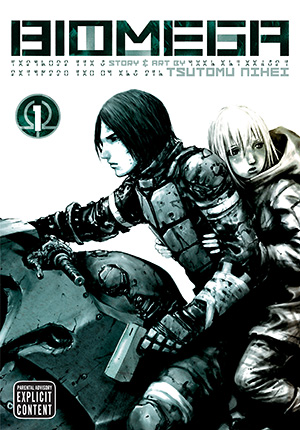
26:31 Yeah, the opening chapter of Biomega might honestly be the craziest, balls-to-the-wall opening out of anything we’ve read, including Knights of Sidonia and APOSIMZ. Biomega really feels like the zenith of what he was trying to do with Blame!, Noise, and even Snikt. I wanna show you this intro — it really is just the epitome of ‘cool’ comics.
27:00 The Bear that launched a few dozen memes.
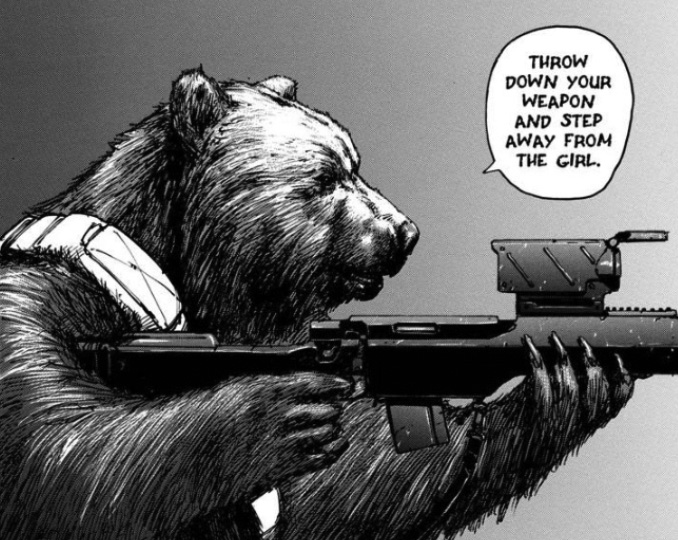
27:30 David settled for running the “f**ks” backwards.
31:22 Deb’s anecdote is great. “If you could tell your 20-something self something, what would you tell him?” “Stop painting everything black. It takes forever.”
32:00 I had no idea there is a Blame! comedy spin-off manga. It’s called Blame! Academy and So On, and it’s a digital-only release from Kodansha. Check it out: https://kodansha.us/series/blame-academy-and-so-on/
[Deb:] In retrospect, the high school hijinks vibe in Blame Academy feels like a test-run for the shift to teens and giant robots stuff in Knights of Sidonia. Just me? Maybe. There’s also more color pages too.
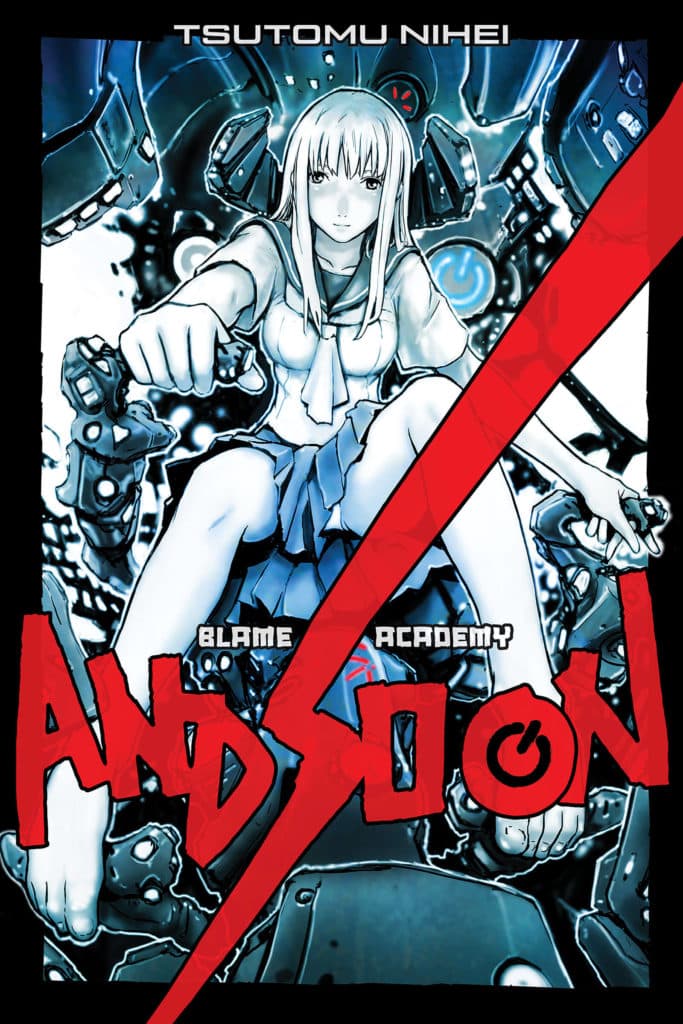
37:30 Abara – 2 volumes, 1 English-edition omnibus , 2005-2006 (Shueisha / VIZ Media)
[Deb:] “Abara” apparently means “ribs” in Japanese. I’m not going to spoil this story, so here’s VIZ Media’s description:
A vast city lies under the shadow of colossal, ancient tombs, the identity of their builders lost to time. In the streets of the city something is preying on the inhabitants, something that moves faster than the human eye can see and leaves unimaginable horror in its wake.
VIZ Media’s description of Abara
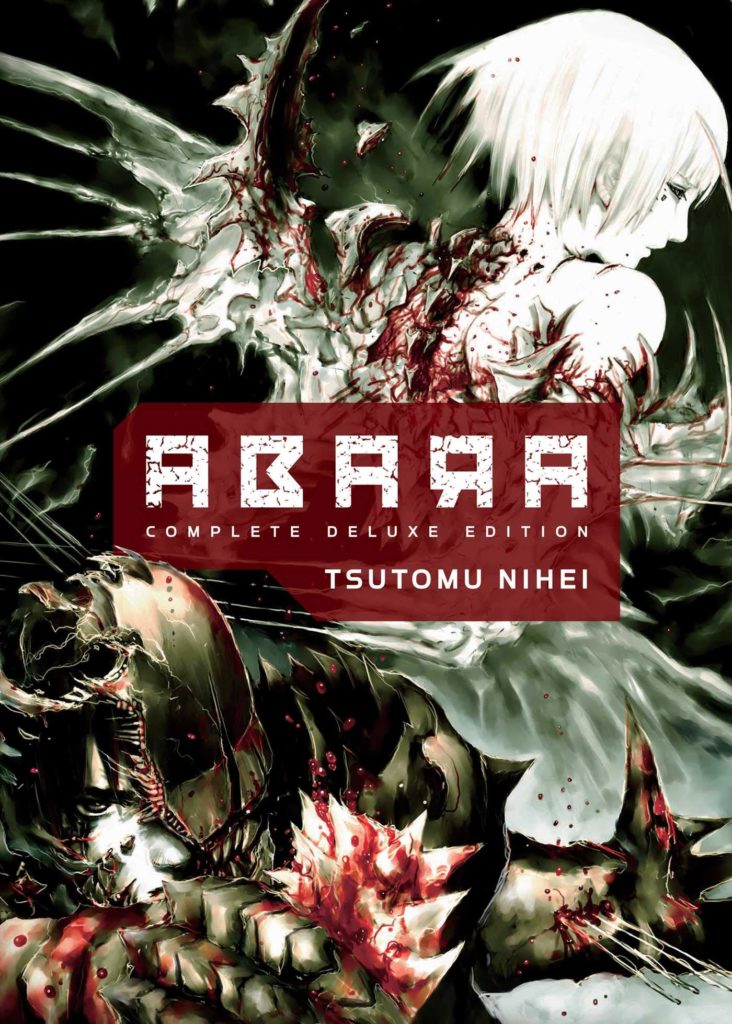
38:00 A quick look at how Nihei draws men vs. women in this book.
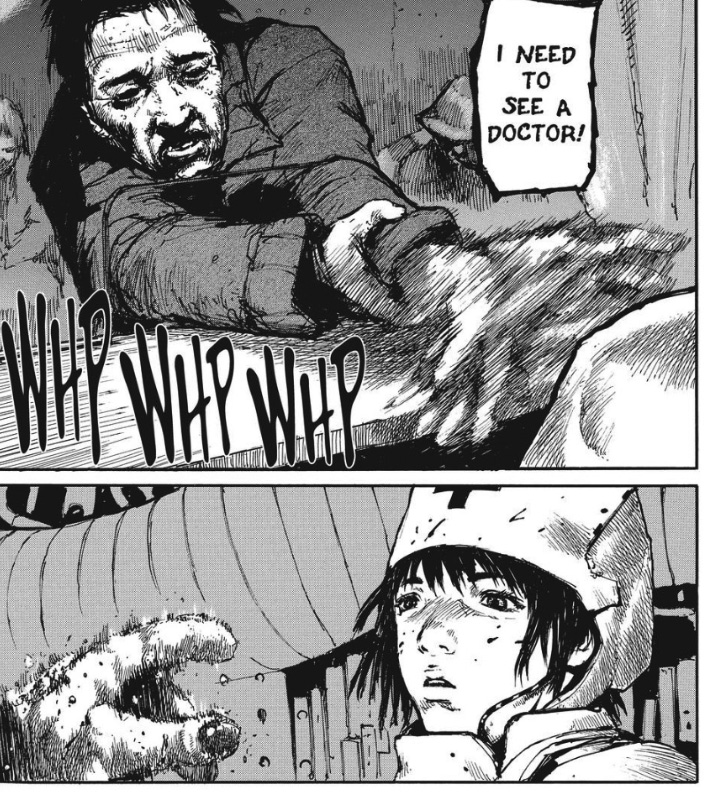
40:30 The crooked city does something really interesting with the backgrounds. We’re all pulling different things, I mention Tubes, I think Deb bringing up Kowloon Walled City is a really good example. Here’s a shot from the opening, which also has the hospital stairs that I mention in a few minutes.
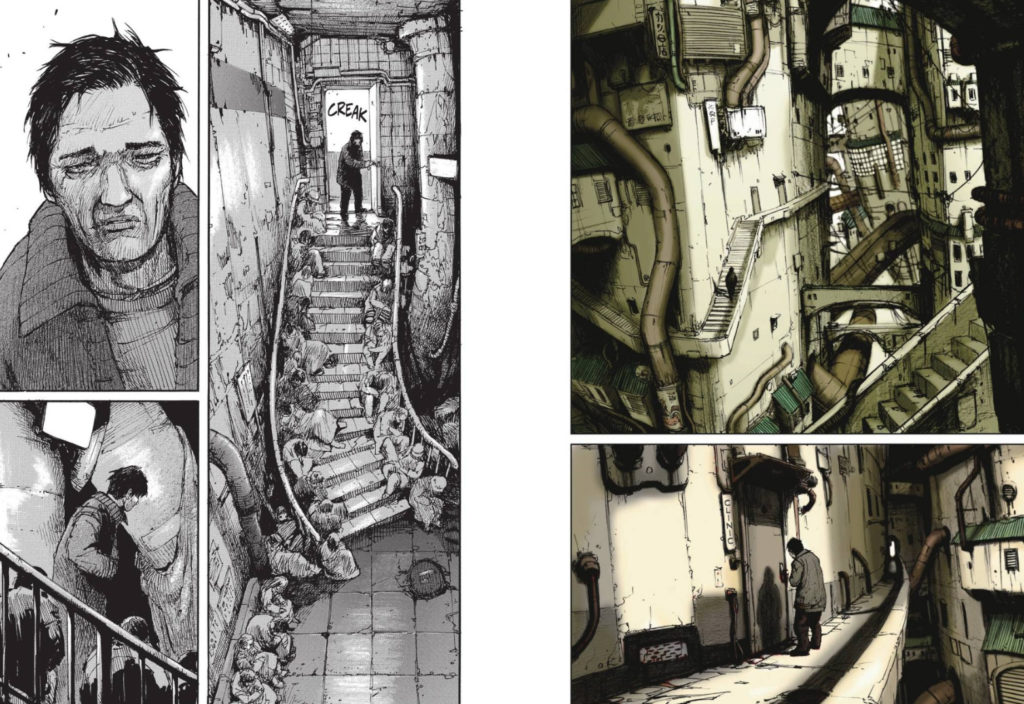
41:30 David mentions how Nihei changes up his rendering style quite a bit on this one, which I think is an interesting observation.
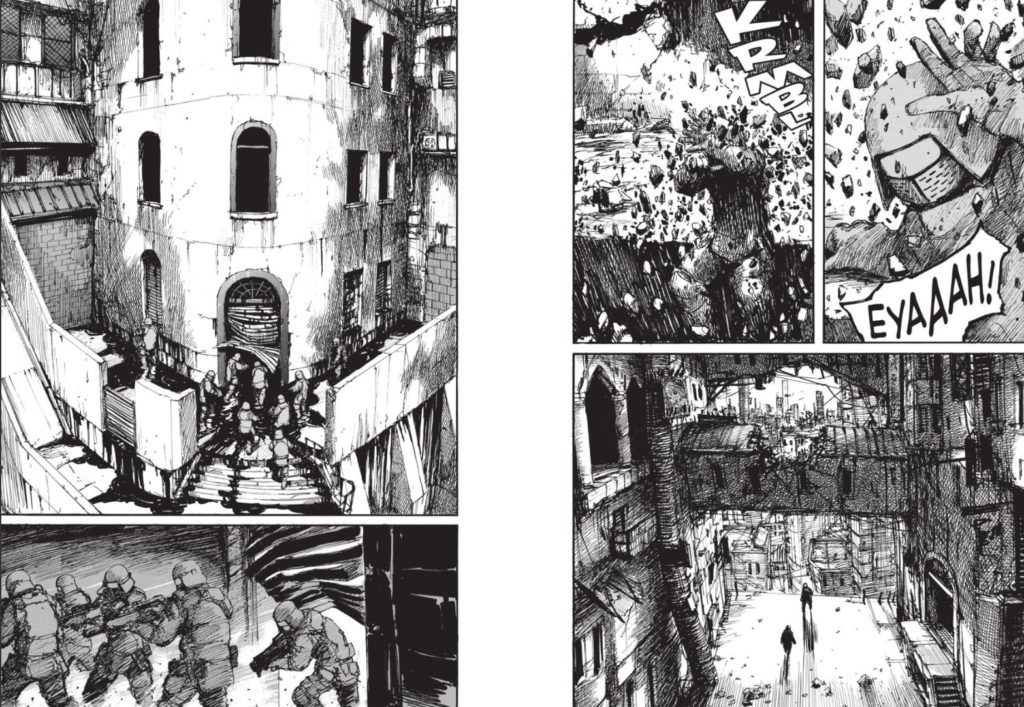
43:00 Worth noting, the Kowloon Walled City-inspired arcade space in Kawasaki was called “Anata no Warehouse, Kawasaki“ and it closed in 2019. It was a very weird place, but I was totally charmed by this amusement space in Japan that decided to decorate with, well, poverty, rather than shiny brand new excess. You can read about it here.
I also took some photos when I visited, here’s a sample of them:
As I mentioned, the real Kowloon Walled City had a very complicated history that’s kind of beyond the scope of a manga related podcast to get into. While it did appear in popular culture quite a bit (most famously in Jean-Claude Van Damme’s Bloodsport and Jackie Chan’s Crime Story), the buildings in the Kowloon area of Hong Kong were razed in 1993-94, and the area has been massively rebuilt. You can see this video from inside the city before it was torn down.
Anyway, there’s literally terabytes of information out there for you to find if you want more.
[Deb:] The Kowloon Walled City art book I mentioned is called City of Darkness Revisited by Greg Girard. It’s an incredible look inside a place that was infamous for its lawlessness, but also fondly remembered by its former residents.
43:20 Here’s one image from Chapter 2 of Abara I really liked, that shows a lot more facility with perspective than some of his earlier works. Neat stuff.
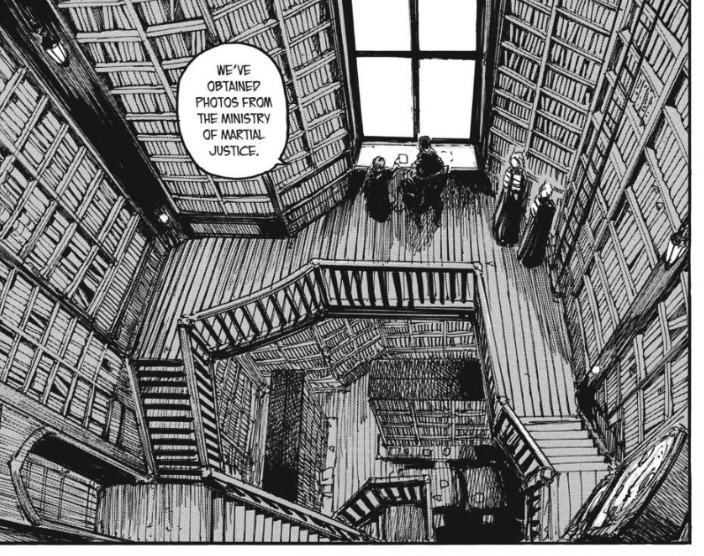
43:35 Knights of Sidonia – 15 volumes, 2009-2015 (Published by Kodansha / Vertical)
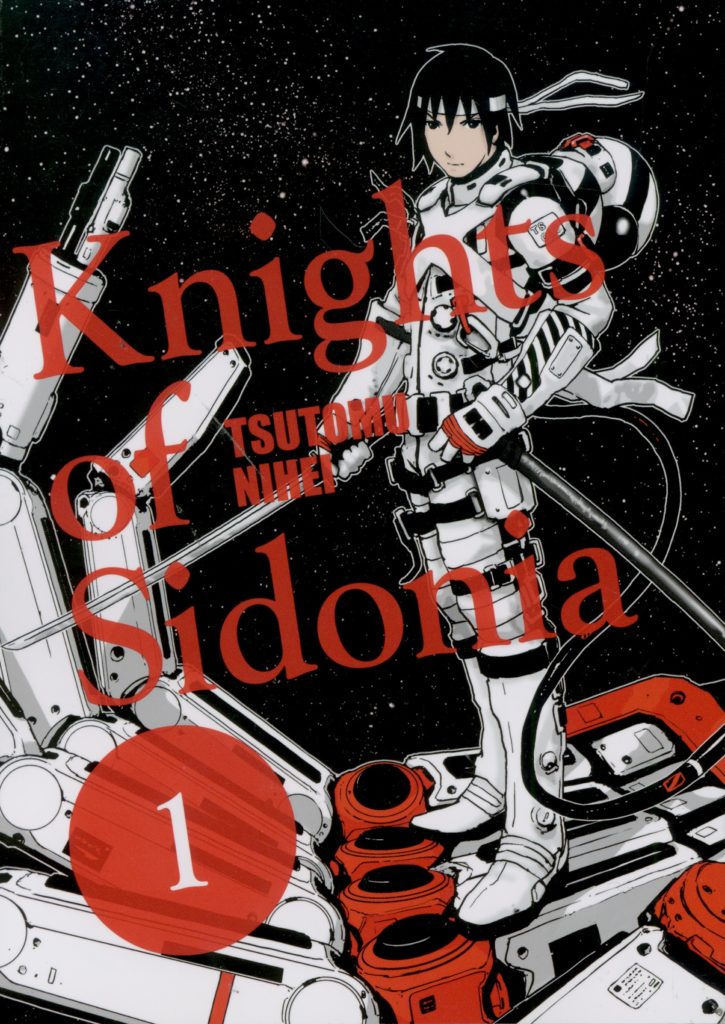
44:00 Wanna make a popular anime? Add in some space robots! And uh, rooms full of naked girls. Yeah, that common fanservice trope totally, totally works.
44:20
“It was time to make manga that people like.”
Paraphrasing Tsutomu Nihei
46:00 Chip talks a lot about the difference in art between this and Biomega, and how black ink is used in a new, not entirely successful way. Everything gives off the feeling of being photo ref’d or 3D-ref’d with contrast at max, so it looks like it’s mostly lit with harsh direct lighting. It’s a weird look that mostly goes away by his next series.
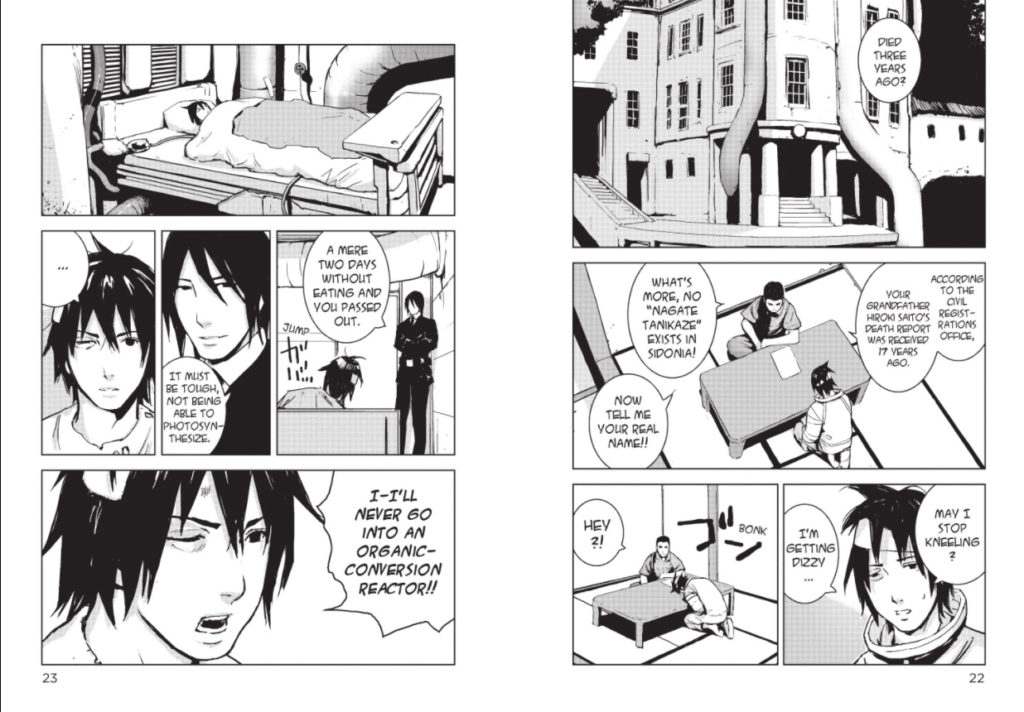
47:30 As a quick aside, if you want to see what it looks like when indy/alternative/underground comics creators take on Marvel characters without changing up their styles very much, there are two great collections of exactly that from Marvel called Strange Tales and Strange Tales II from 2010-2011. I think they’re out of print now, but if you see them around, they’re pretty great. Kate Beaton, Harvey Pekar, Tony Millionaire, Junko Mizuno, and many more great creators with their unique takes on The Incredible Hulk, Thor and Spider-Man.
48:45 Knights of Sidonia really was popular in a way that few people expected. The anime adaptation premiered on Netflix, and I remember it being the first anime to do that. It definitely reached people in a different way than his other work, and the sales on the manga were very strong because of this anime tie-in.
BUT! ALSO! There was a ton of merch, far more than for any of Nihei’s other series’. Here’s a quick look at some of it:
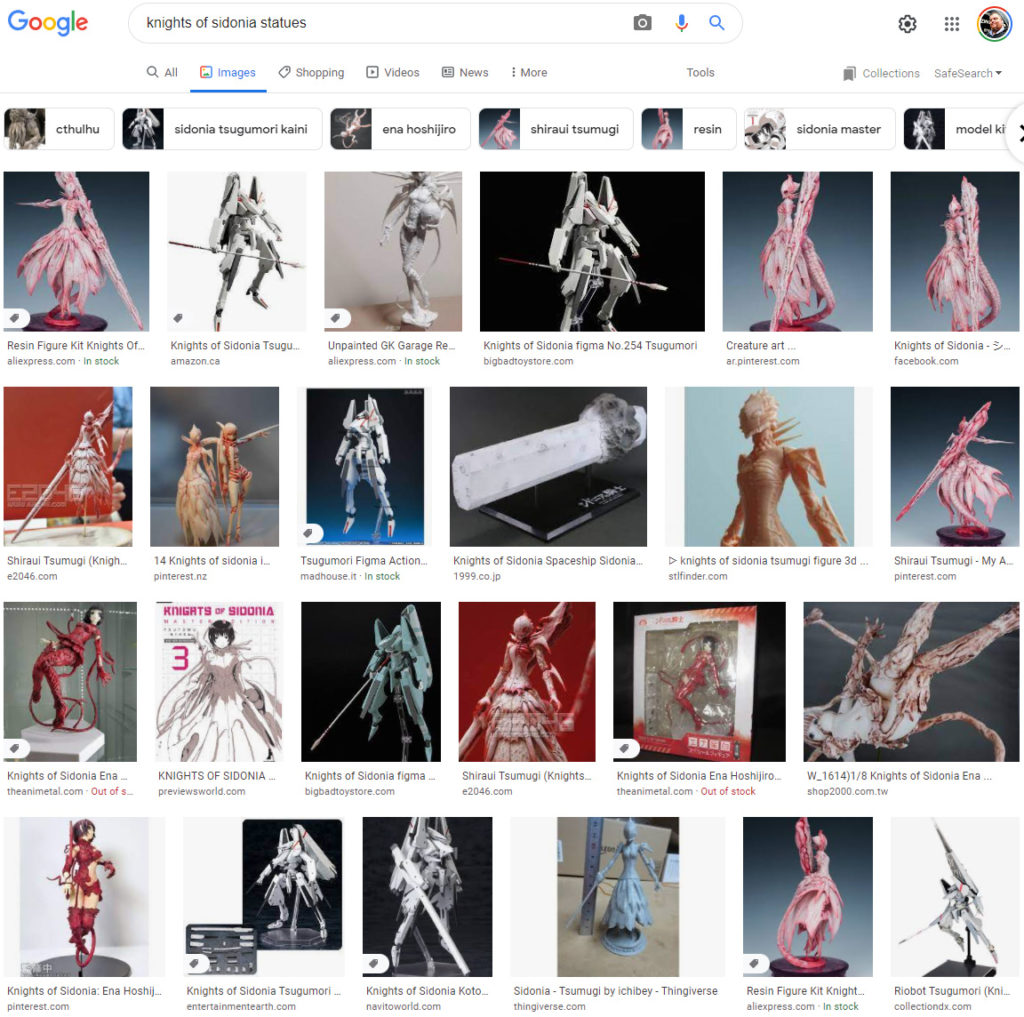
[Deb]: When he came to San Diego for Comic-Con, Nihei did a signing at the BAIT Store to promote the limited edition toys, including a GI Joe Snake Eyes with 1000Toys. Here’s a clip of Nihei sketching on a skateboard:
Finally: I was wrong! While Knights of Sidonia did, in face, premiere on Netflix, it’s not there any longer! The North American rights to the original movie sequel and the original series were scooped up by Funimation. So, maybe I won’t be watching this series any time soon.
51:00 So yeah, I’m kinda hinting at the Sailor Moon anime relaunch 5 years ago, Sailor Moon Crystal, which was touted as being a closer adaptation of creator Naoko Takeuchi’s original work.
It’s pretty far away from the popular 90’s anime, which had tighter, cleaner, ‘cuter’ character designs ([Deb:] …and goofier humor). We’ll get into this at some point in the future, but in the interim, here’s a page of Sailor Moon art, and three trailers for Sailor Moon anime: One from the 1992-97 anime series, and one for the more recent versions from 2016, and one for the 2021 Sailor Moon Eternal movie, which attempts to merge the two styles to try and make everyone happy.
Naoko Takeuchi’s manga (which is available in several editions from Kodansha)
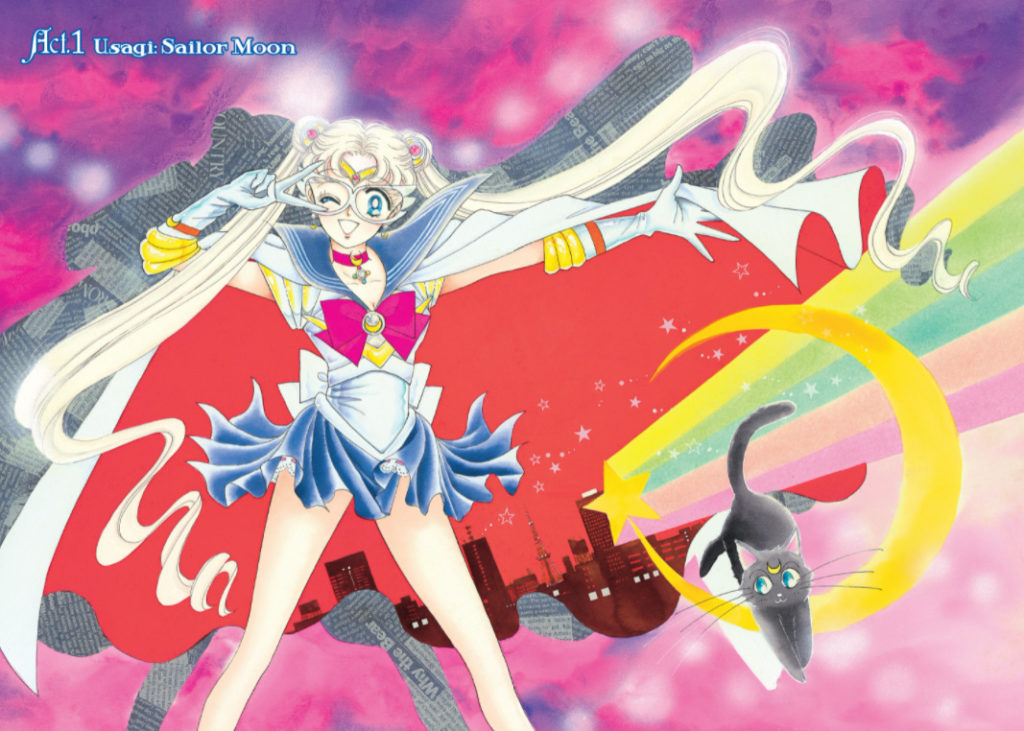
The original anime series, 1992 (now available in DVD/Blu-Ray from VIZ Media)
The reboot: Sailor Moon Crystal, 2016 (Also available in DVD/Blu-Ray from VIZ Media)
The new movie, Sailor Moon Eternal (2021) (Streaming now on Netflix)
There’s an awful lot to talk about when it comes to the evolving style of Sailor Moon’s visual identity. If anyone’s already written about this, I’d love to read it…!
52:40 David says ‘it’s a pop song in comparison’ and that’s really interesting. I was very afraid of going long this episode, but the thing I was thinking (and didn’t say) is it reminds me a little bit of the new direction that Panic! At The Disco have taken with their most recent release. The music is absolutely still in the same sound world, but it’s very much a different sort of energy. Some long time fans were super-pissed, but like, whatever. Anyway High Hopes is a banger.
52:55 APOSIMZ – 8 volumes, 2017-2021 (published by Kodansha)

As David mentions, we read the full volume for this one. Here’s the description:
“This story takes place on the frigid, massive artificial planet known as Aposimz. Eo, Biko and Etherow, residents of the White Diamond Beam, are in the middle of combat training when suddenly a girl appears, Rebedoan Empire soldiers in hot pursuit. The girl asks for their help in keeping safe a “code” and seven mysterious “bullets.” This chance encounter marks a major shift in the fate of the entire planet …”
APOSIMZ description from Kodansha
We talk about the color artwork a little later, but I wanted to show the opening spread now, to show how much his art has changed since the beginning, and even since the last project. It’s such a different feeling to what’s come before.
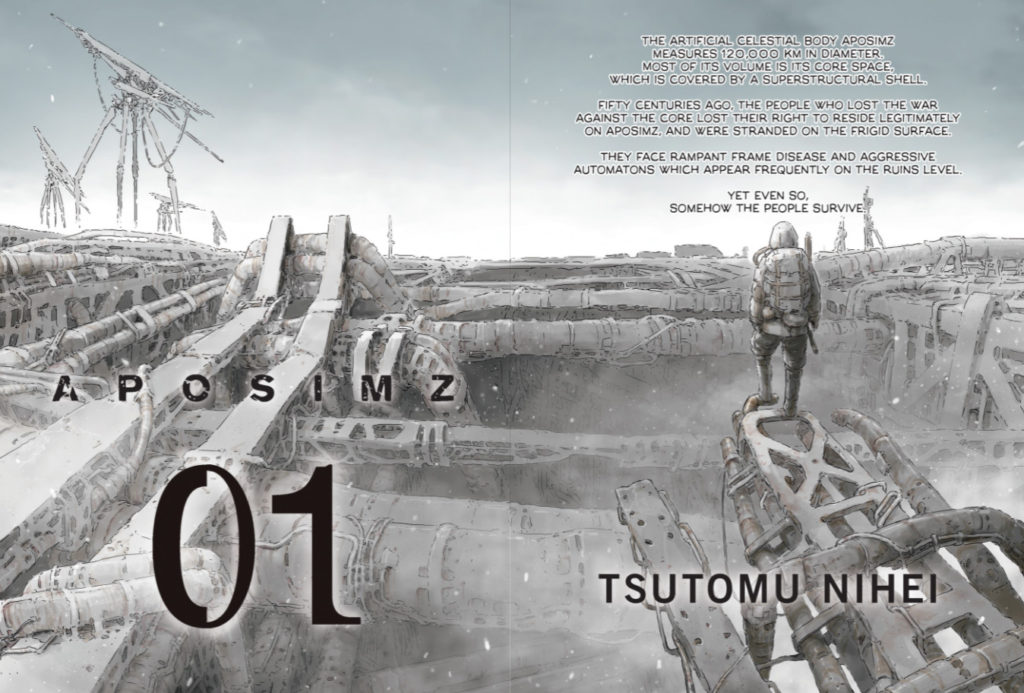
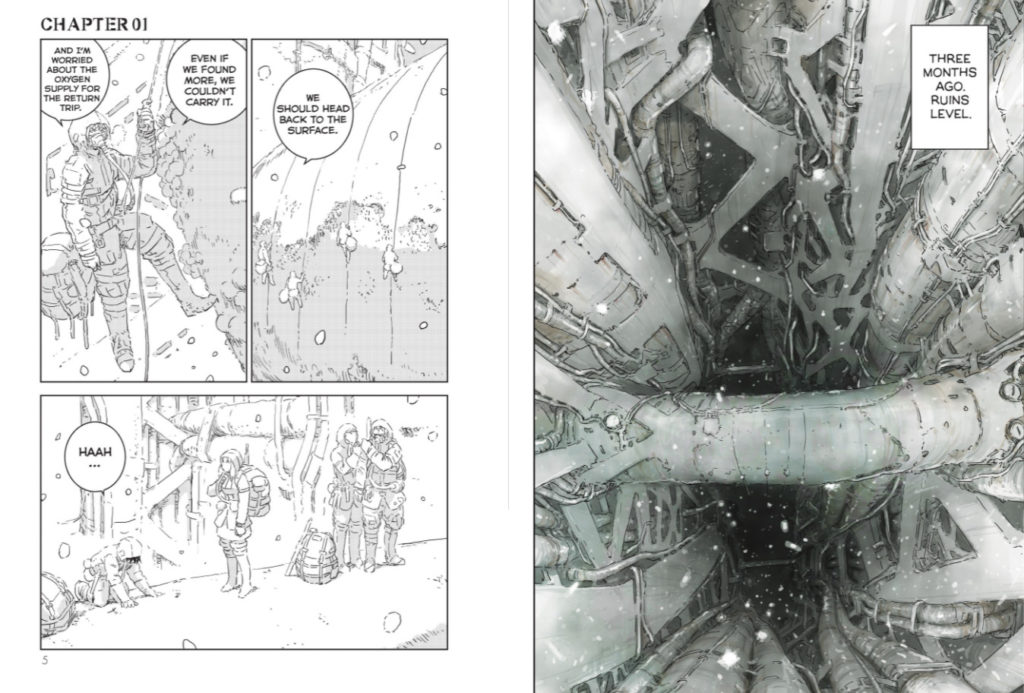
55:20 That weird “We-swear-this-isn’t-peeing” sequence is guaranteed to get a chuckle.
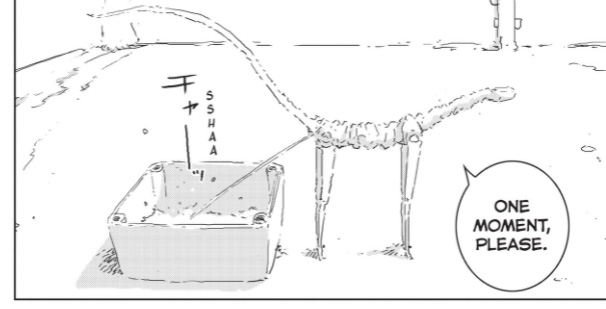
56:00 “Here’s the series! Okay Scott, go defeat all of the evil-exes.” Yeah, it’s set up kinda/sorta like a video game narrative, and man, that totally works as a framework for him to discuss his ideas about trans-humanism.
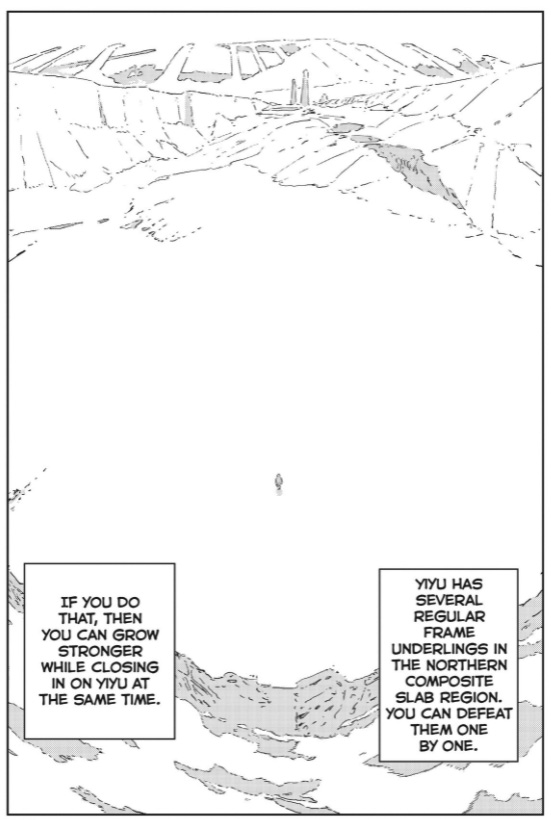
57:00 For real, that first chapter is up on the Kodansha site, it’s more than 80 pages, and this first chapter is maybe the BEST overall first chapter of any of his work. If you’re only gonna read alone one preview for this episode, go read this one. https://kodansha.us/series/aposimz/
58:20 There’s great use of negative space, but also, great use of detail when it’s called for. Here’s that whole cat spread, and you can see the clothing, even generated, reflects the environment and the life of that character.
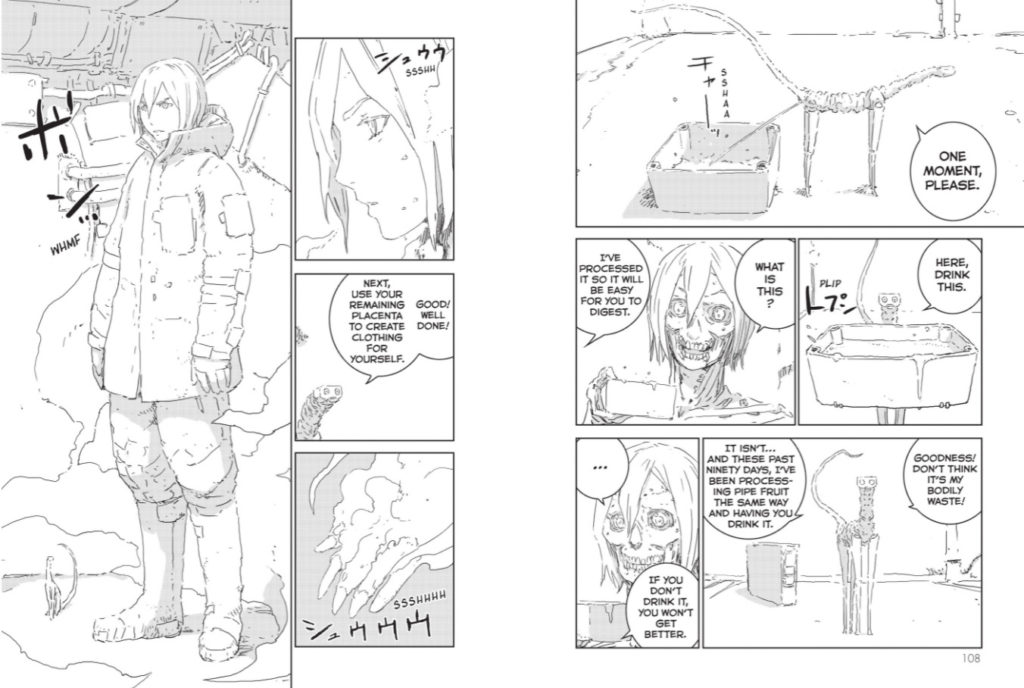
1:00:00 Deb with my favourite laugh-out-loud moment from the episode. “I get it…” Nice.
1:01:30 So yeah, Toa Heavy Industries is an actual company. https://toahi.net/en/ Not a lot of news lately, maybe he’ll get back to updating that site now that APOSIMZ is done. Cool looking site. If anyone wants to shell out 400 bucks for those Toa Heavy Industries fonts for me, I will gratefully accept your gift.
1:02:00 As we mentioned earlier, one of the titles we did not mention that Nihei did (because the first chapter wasn’t available to read for free) is Wolverine: Snikt. It’s currently out of print from Marvel, because they are awful at keeping their books in print. It’s like if Wolverine was set in the setting of Blame!
You can actually read it digitally. It’s even on Comixology Unlimited if you want to read it for “free.” It’s a neat looking book. Interesting to see his work in colour…
[Deb:] Well, “free,” provided you have a Comixology Unlimited subscription, which isn’t free, but it does offer a lot of “all-you-can-read” options, which kinda feels like free?
1:04:00 The English edition of APOSIMZ is nearing its end now, but it has already ended in Japan. The last volume was published in Japan earlier this year, and the English edition of APOSIMZ volume 8 drops at the end of January 2022.
David actually read ahead to the end, thanks to Kodansha’s digital simulpub of chapters. He wanted to share this little spoiler-free review of the series as a whole, with you:
The last chapter of APOSIMZ goes out like it came in: kinda hazy, impeccably drawn, and varying from indifferently to desperately violent. Which rules, obviously. It’s focused on both an apocalypse of unimaginable scale and the very small humans who are staring it down, and that combination of cosmic indifference (a hallmark of his early work) and close attention to community (a hallmark of his later work) really clicks for me. You’ll still have to take a few things on faith with regard to the big plan, but I had a real good time with the series. Every time I thought it was going to go one way—”Etherrow, you have to kill the gauna’s seven evil exes!”—it twists and goes another way. Good comics.
David Brothers
[Deb:] If you have a Crunchyroll subscription, you can read APOSIMZ on Crunchyroll Manga
1:06:44 [Deb:] Check out the essay by Toru Honda (Not THAT Tohru Honda Fruits Basket nerds) at the end of Blame Academy. His 4-page essay, “A Flower of Moe Blooming in the Sorry of Kowloon,” which maybe connects with our comments about Kowloon Walled City. In any case, it’s thought-provoking stuff and it’s worth reading if you’re into thinking more deeply about the themes that Nihei explores in his stories. Frog-kun also has an interview with Toru Honda if you’re keen to know more about this cultural commentator and self-described otaku.
1:09:00 The ethereal glow of the world of APOSIMZ.
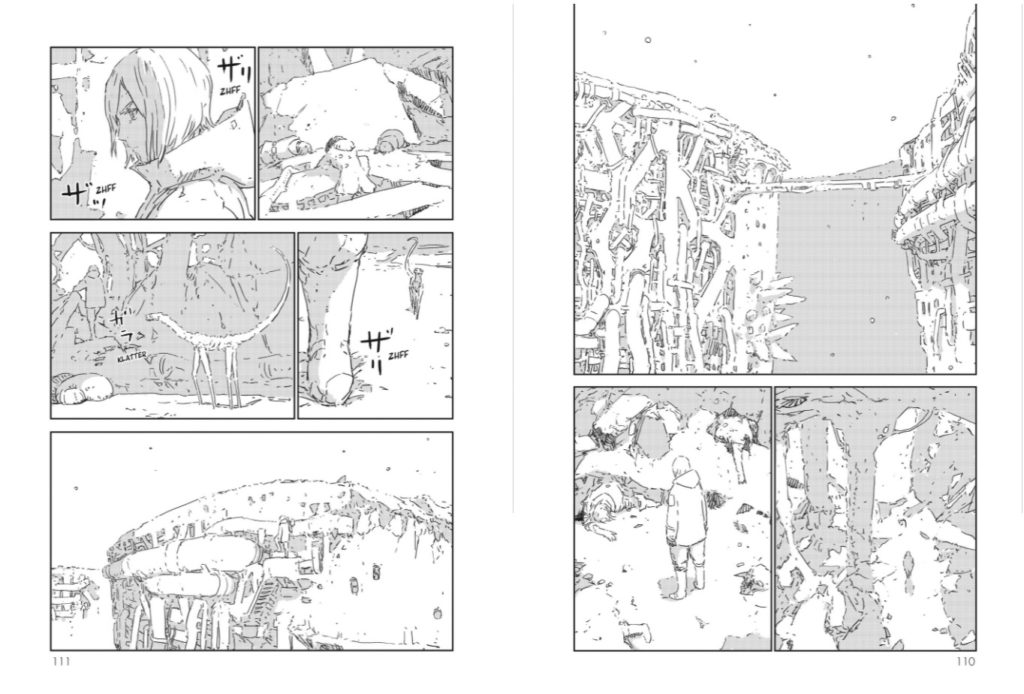
1:10:00 So Chip’s take on the colour is whatever, to the point that I thought he was looking at the wrong file, but I love him like a brother, so it’s fine.
But what I don’t think any of us knew when we were recording is that there’s actually a special edition of APOSIMZ that was released in full colour! There’s now 2 volumes of this color version of APOSIMZ available in Japan. Here’s the first volume on Kodansha’s Japanese website.
And here’s a few of the color spreads. I think they look pretty good. I wonder what Chip would think…? And I wonder if we’ll ever get these color editions in English?
Anyway, that’s this week’s episode! A Tsutomo Nihei EXTRAVAGANZA! Let us know what you thought of this different sort of format!
1:14:00 THE BREAK!
1:14:10 Manga Blind Date: MAO Volume 1, by Rumiko Takahashi, from VIZ Media
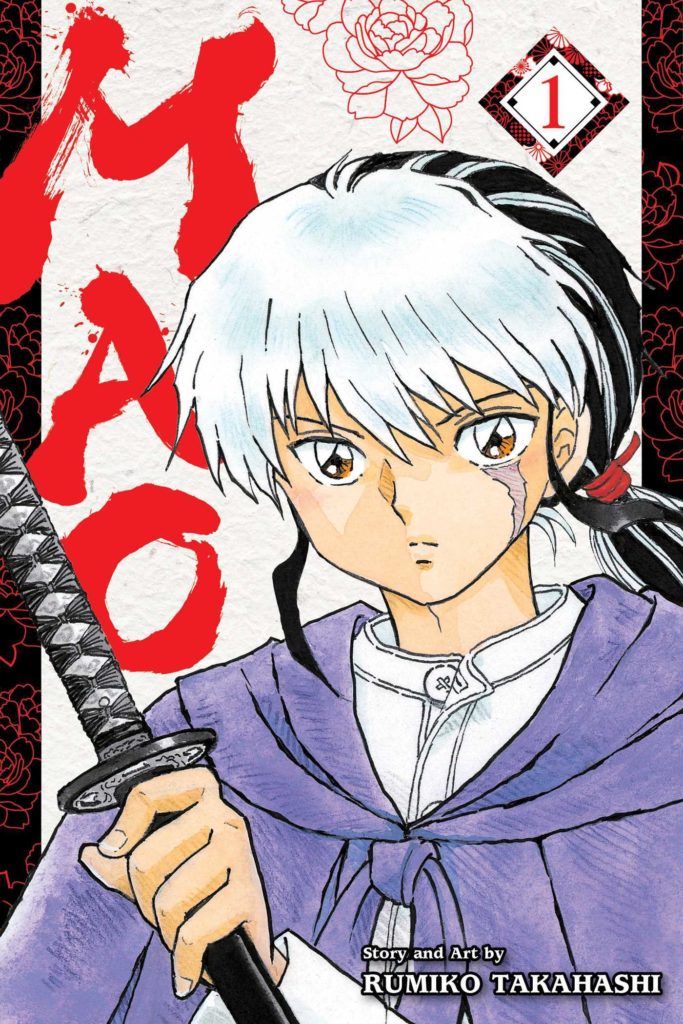
Mao Volume 1
By Rumiko Takahashi
Translated by Junko Goda
English Adaptation by Shaenon Garrity
Touch-Up Art & Lettering by Susan Daigle-Leach
Edited by Annette Roman
Published by VIZ Media (Print/Digital)
We return for one more blind date courtesy of our friends at VIZ Media. You can check out a digital preview of Mao Volume 1 by clicking this special link –> http://bit.ly/MaoPodcast <– Clicking this link helps our podcast too, so, erghm, if you don’t mind. 🙂
Let’s start off with VIZ’s description of Mao Volume 1:
Nanoka passes through a portal into the Taisho era, where exorcist Mao reluctantly rescues her from the jaws of a grotesque yokai. When Nanoka gets back to the present, she discovers she has some new, incredible abilities. She returns to the past looking for answers, only to get caught up in Mao’s investigation of a series of gruesome murders. As her questions about herself multiply, Nanoka learns that Mao is cursed by a cat demon named Byoki—and so is his sword. If anyone but Mao attempts to wield it, they are doomed. But when Mao’s life is in jeopardy, Nanoka picks up his blade and swings!
1:15:45 I don’t mean any disrespect to Shonen Sunday here, it’s a great magazine with many all-time great series! I just mean it’s a shonen title, you know, for the tweens and teens, and as such I’m not the target audience. <3
I also think that this is such a Rumiko Takahashi story. Here’s one of the opening pages, and I think it sets the scene really nicely for Takahashi fans.
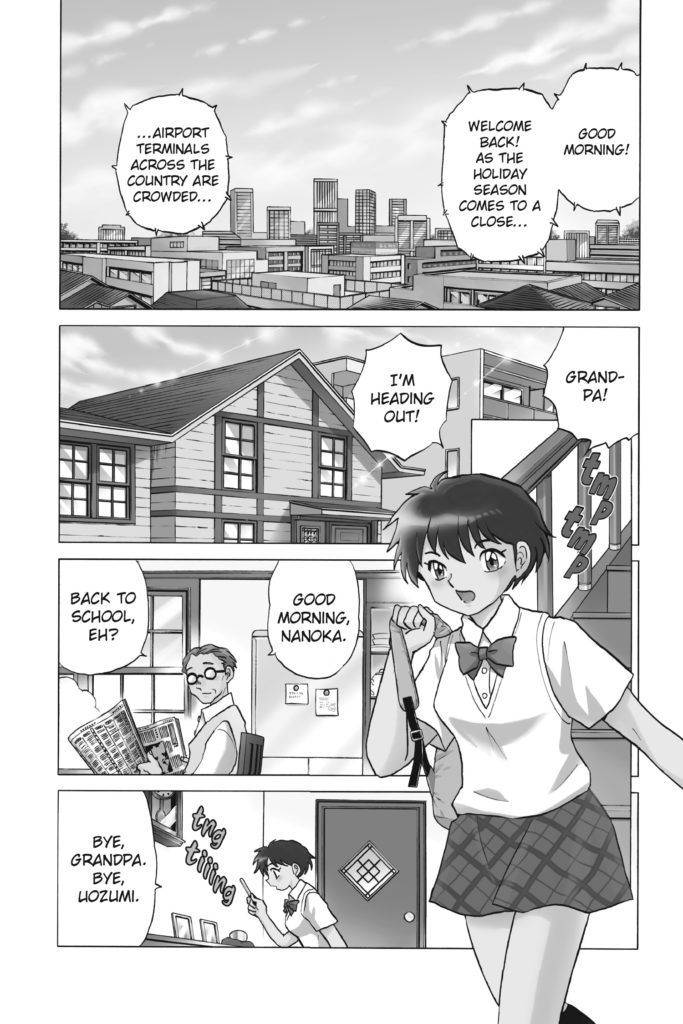
1:18:00 Chip talks about the horror aspects in Mao, and some of the yokai stuff. There’s some great monsters and action depicted here:
1:19:00 The sequence where Nanoka faints after getting her hand back is really strong. Here’s the whole three page sequence, and you can see how this horror manga for younger readers could really grab the right person.
1:20:00 Deb mentions this scene where it’s clear that our protagonist Nanoka starts to exhibit some animal-like characteristics…
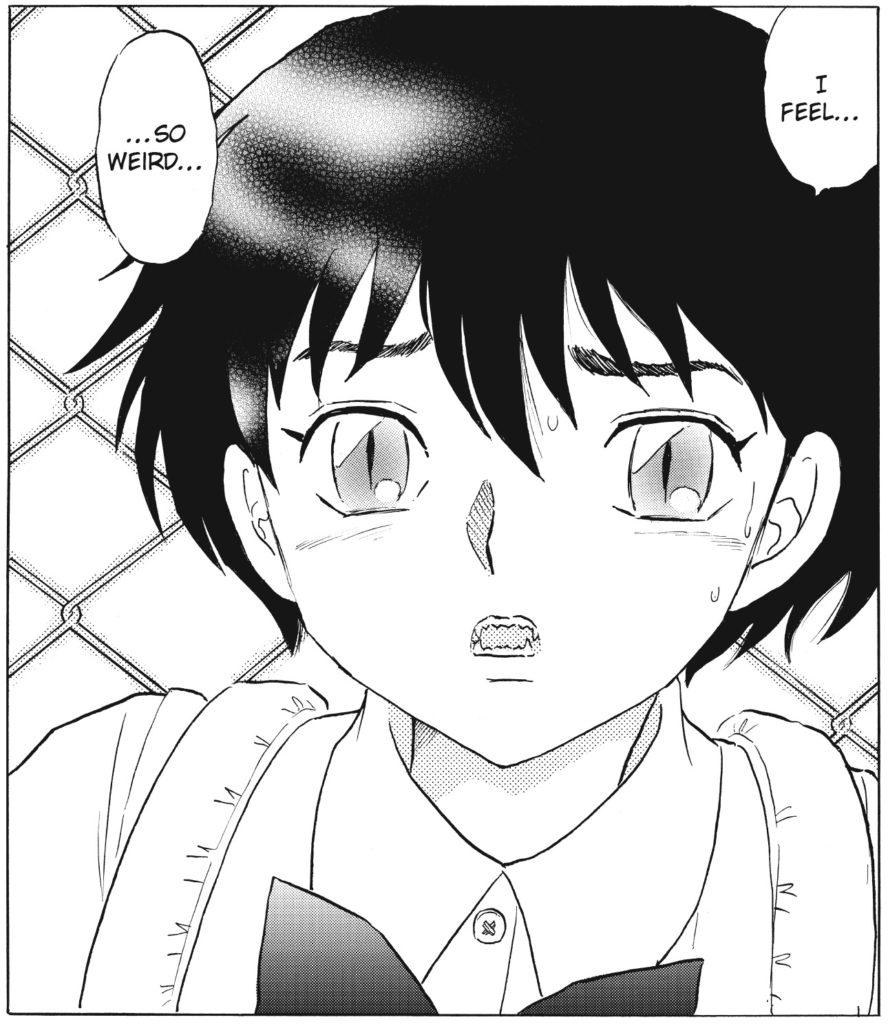
1:22:00 The Taisho Era shopping street setting is one of my favourite parts of this manga, alongside the yokai. Reminds me a bit of Panorama Island…
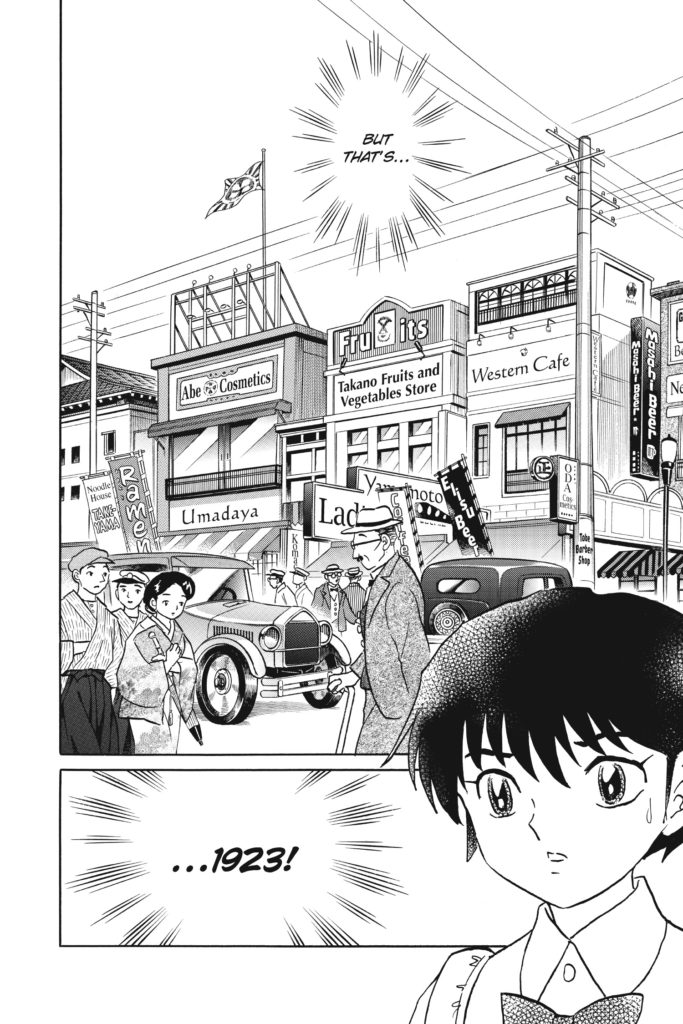
1:24:00 The spider-lady keeps a collection of heads! Just creepy enough for younger readers that want a horror edge to their work, without being too gory, or too upsetting.
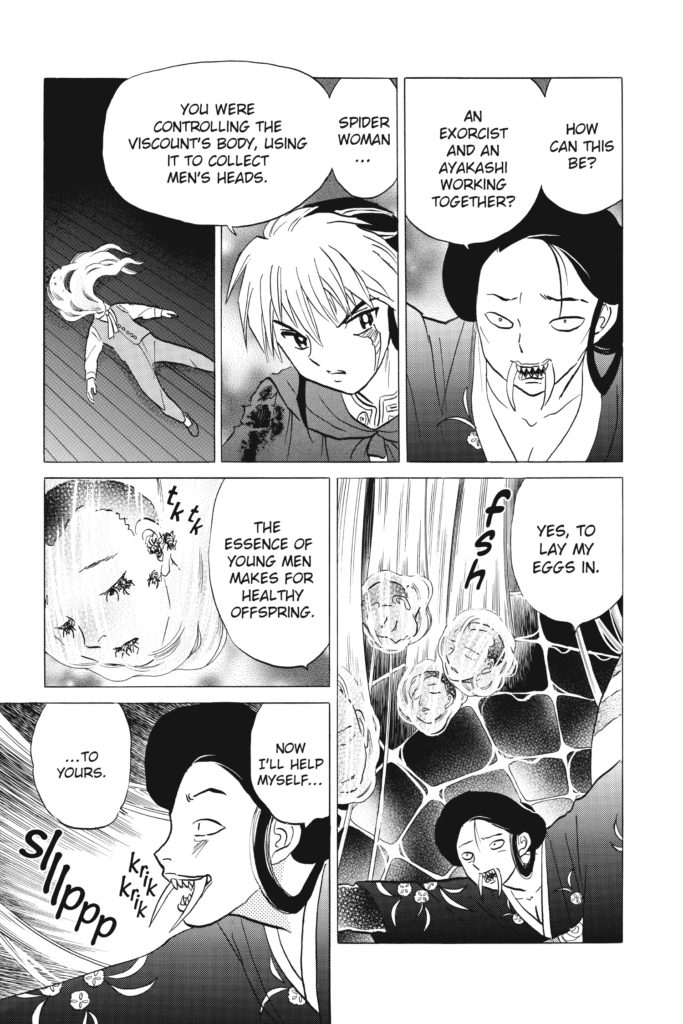
1:26:06 ANOTHER BREAK! Part 2
1:26:35 We pick new books! Oooo!
So with today’s picks, here’s what’s coming up on Mangasplaining.
Ep 30: An Invitation from a Crab, by Panpanya (DENPA) – September 28
Ep 31: Blank Canvas Volume 1 by Akiko Higashimura (Seven Seas) – October 5
Ep 32: Blood on the Tracks Volumes 1 & 2 by Shuzo Oshimi (Kodansha) October 12
Ep 33: Tokyo Tarareba Girls Volumes 1, 2, 3 by Akiko Higashimura (Kodansha) – October 19
1:33:10 NO SPOILERS! But yeah, Neon Genesis Evangelion is now complete, with the final four “Rebuild” films now available on Amazon Prime.
1:35:15 We really should cover the work of Moyoco Anno. I’m not sure what’s in print right now, but more josei manga is always good, and Chip seems to love it…
1:35:30 The video that Deb is talking about is called The Big Turnip. Here’s a subtitled upload that is, at best, grey-market…? Anyway sorry if this gets taken down before you see it.
Deb also mentions that this is animated in the style of Moyoco Anoo’s manga Insufficient Direction, which is an autobio manga about the relationship between Moyoco and her husband, Evangelion director Hideaki Anno.
[Deb:] Insufficient Direction is available in print (well, kinda. it’s out of print, but findable at reasonable prices) from Vertical, and as a digital edition from Kodansha. You can also read it on several (legal!) digital manga sites, including Crunchyroll Manga, Azuki, My Anime List and more.
[Deb:] Amazon Prime is also streaming a documentary that follows Anno as he works on the Evangelion: Rebuild series. You can watch Hideaki Anno: The Final Challenge of Evangelion to see the “real life” version of The Big Turnip.
And that’s this week’s episode! Thanks so much for sticking with us all the way to the end of this one, it was a long one but we covered a LOT of ground.
If you want to find any of the (many, many) books that we mentioned this episode, please consider supporting your local comic shop. You can find one near you at comicshoplocator.com. You should also check your local library, which usually has tons of digital and print lending options. Finally, thanks to D.A.D.S. for providing the music for this episode.
—
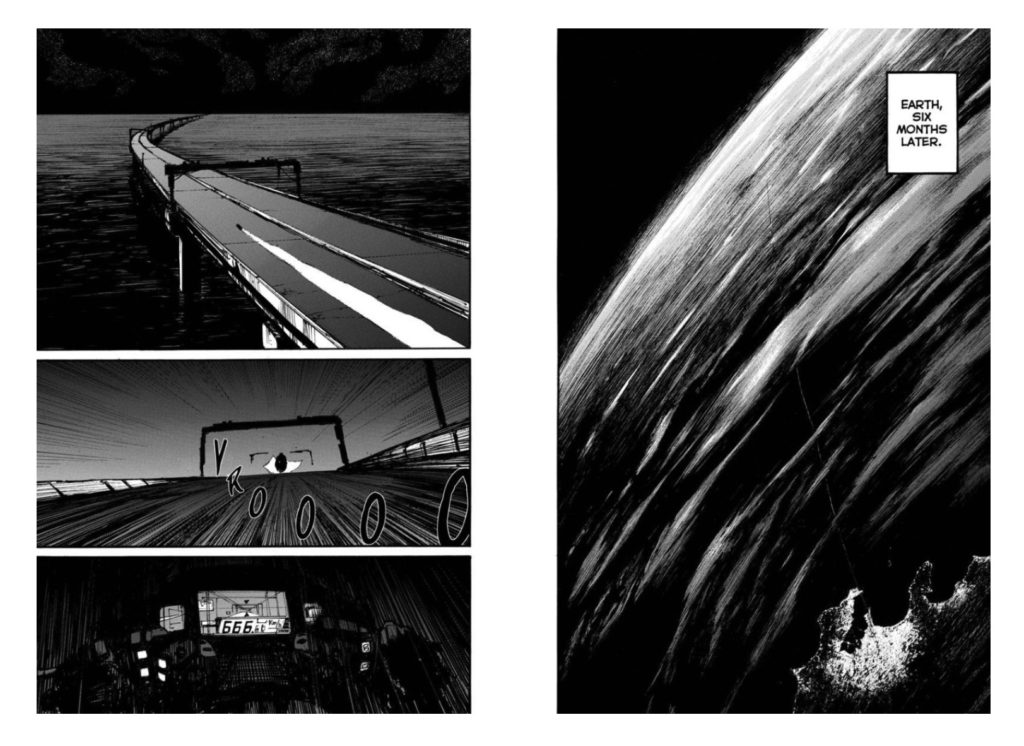
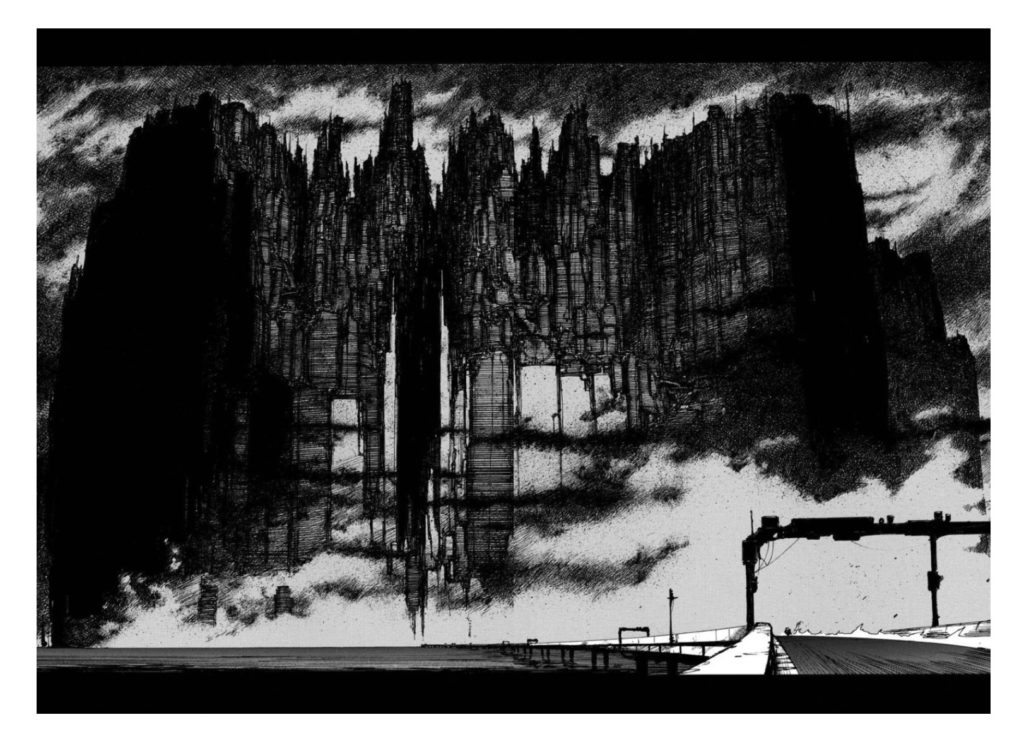
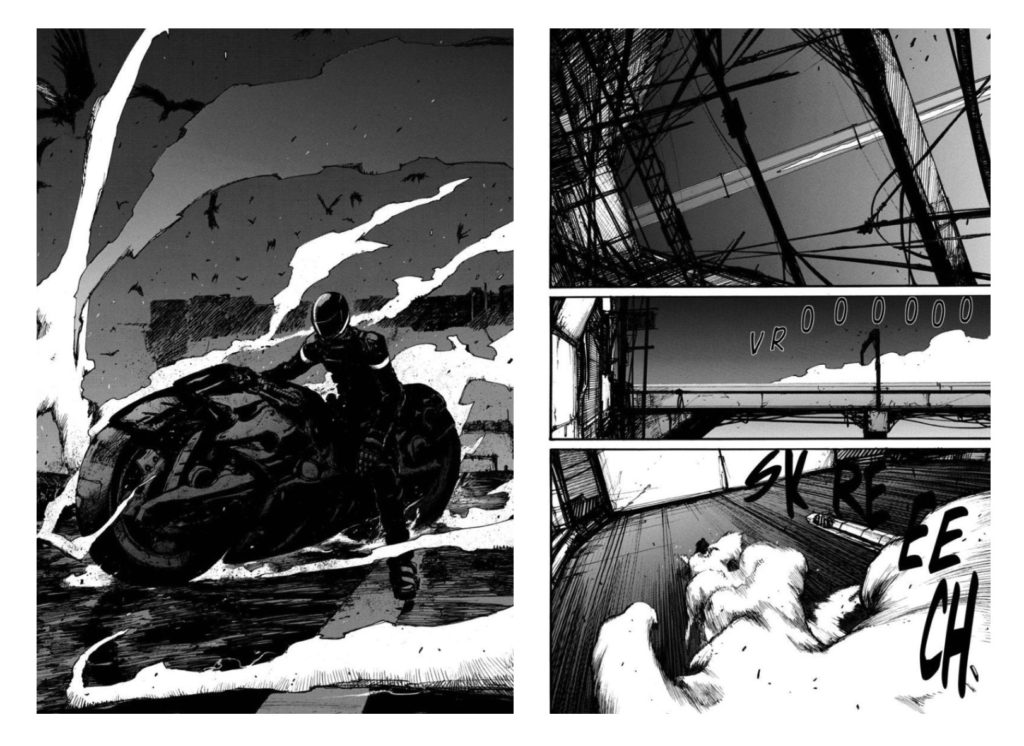
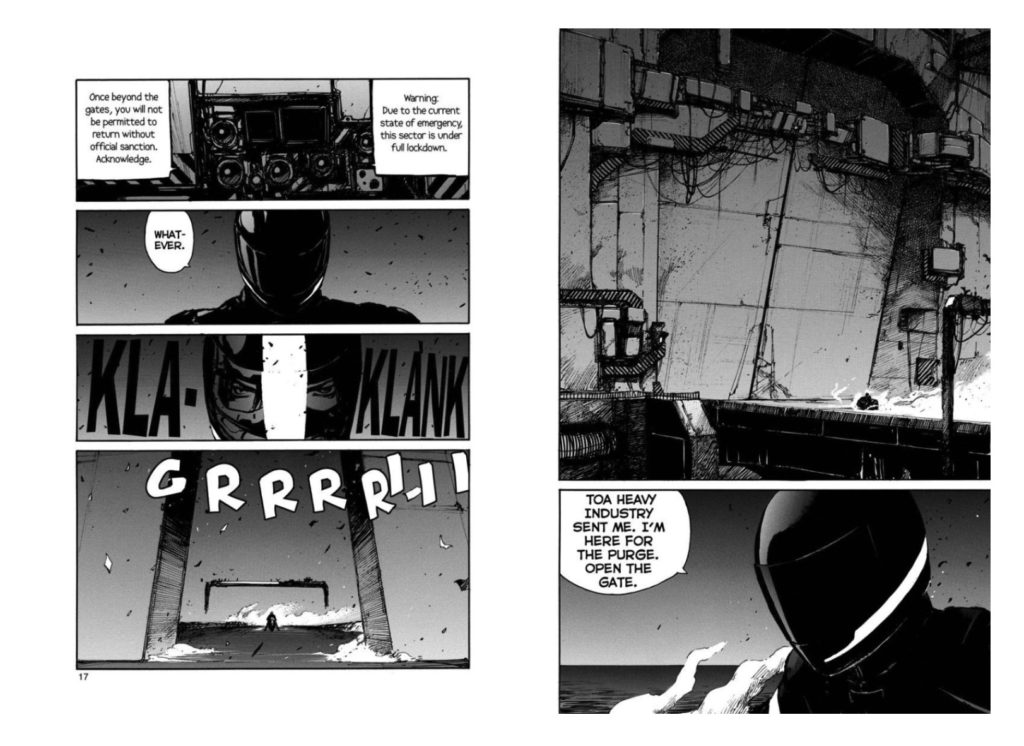
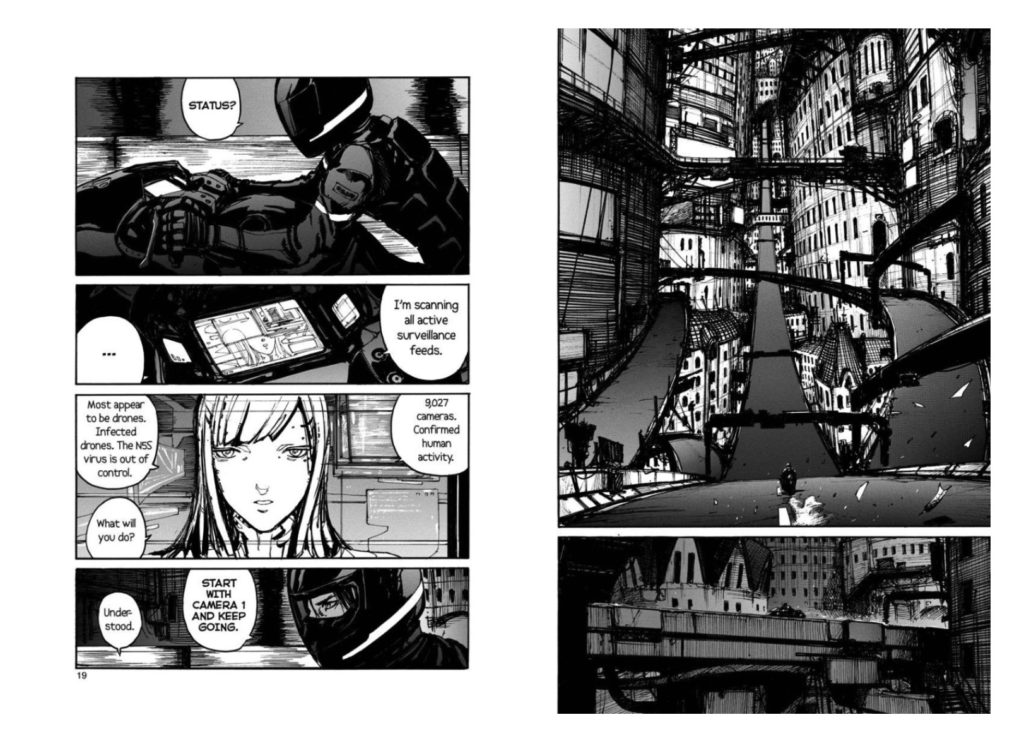
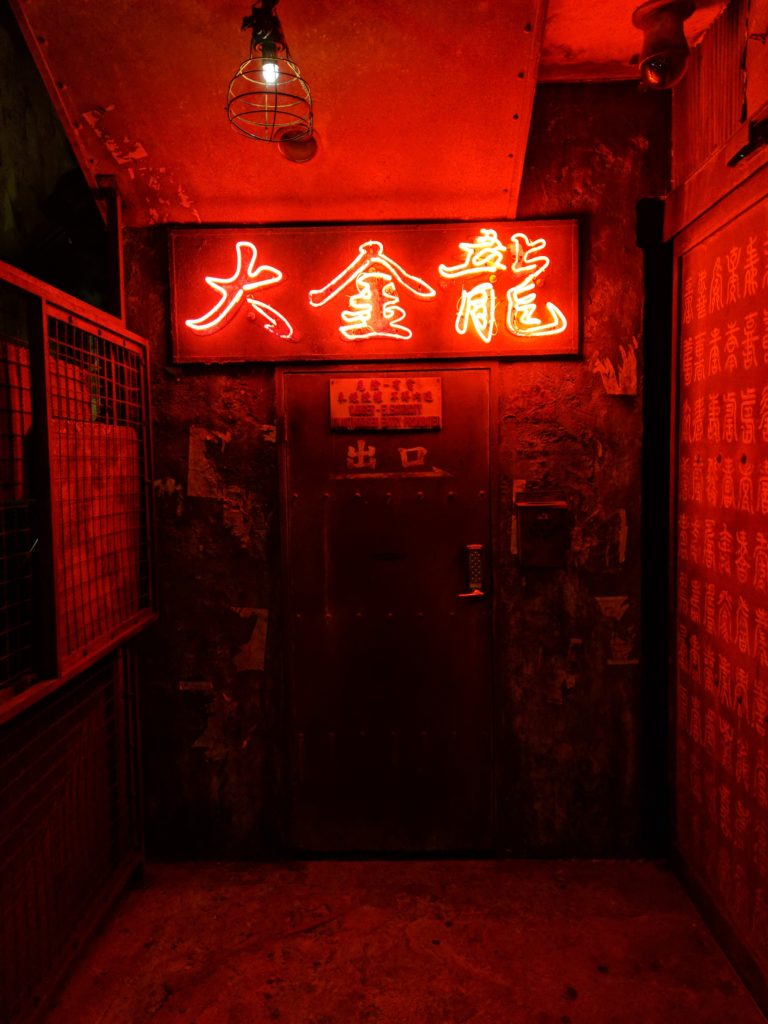
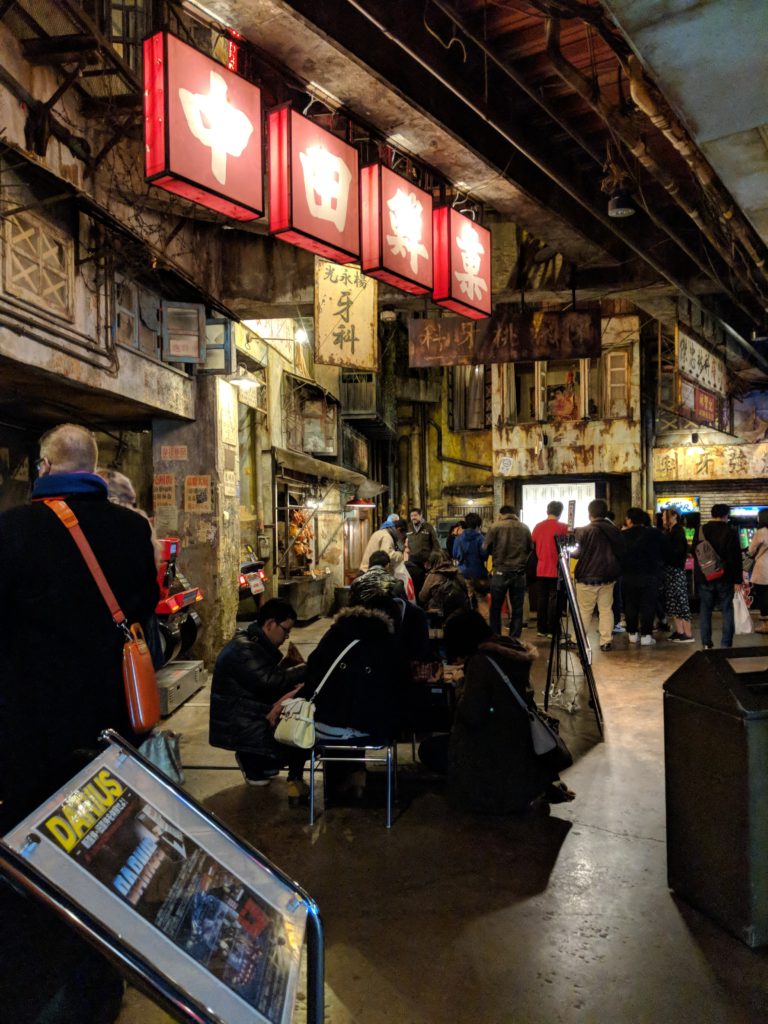
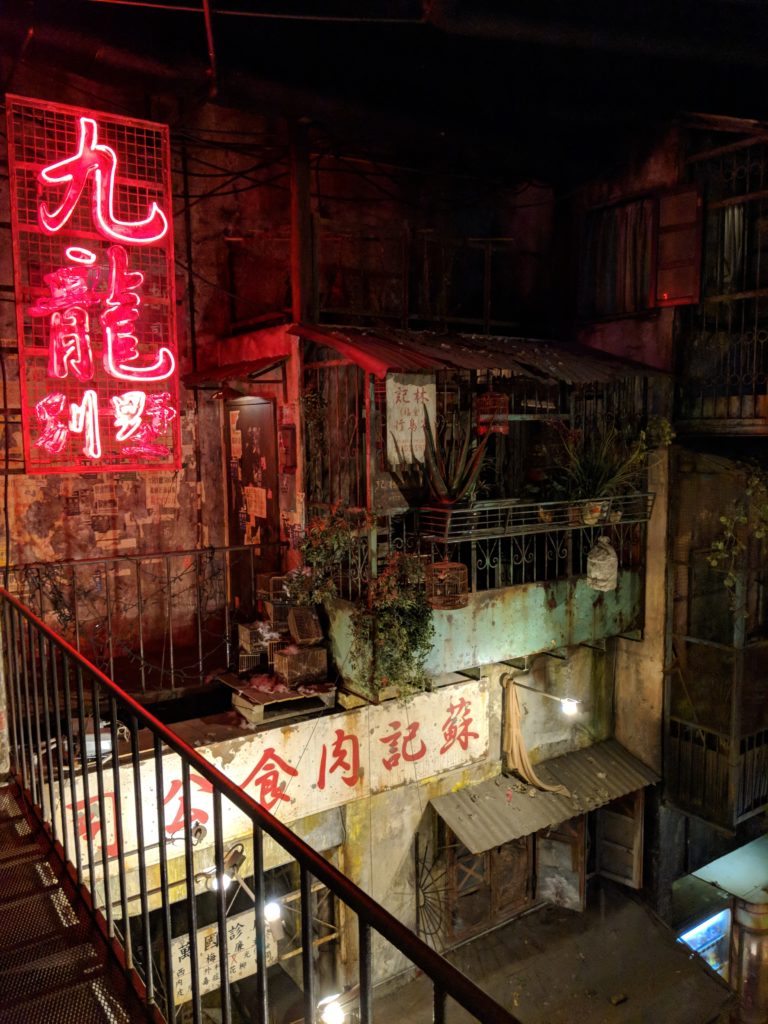
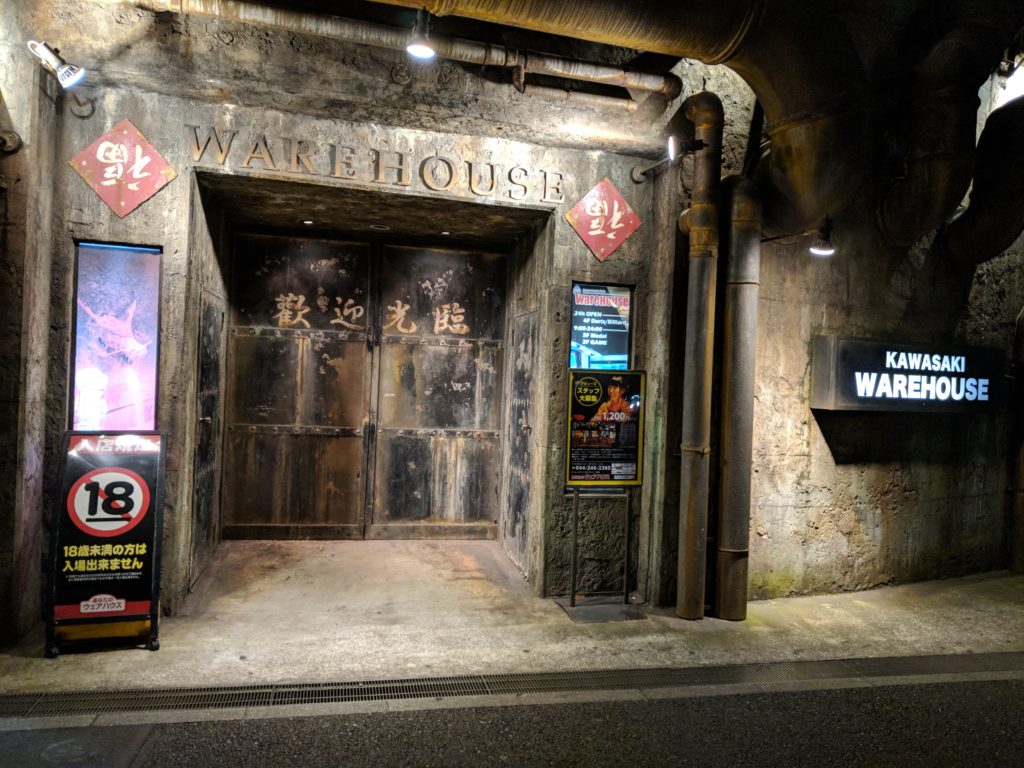
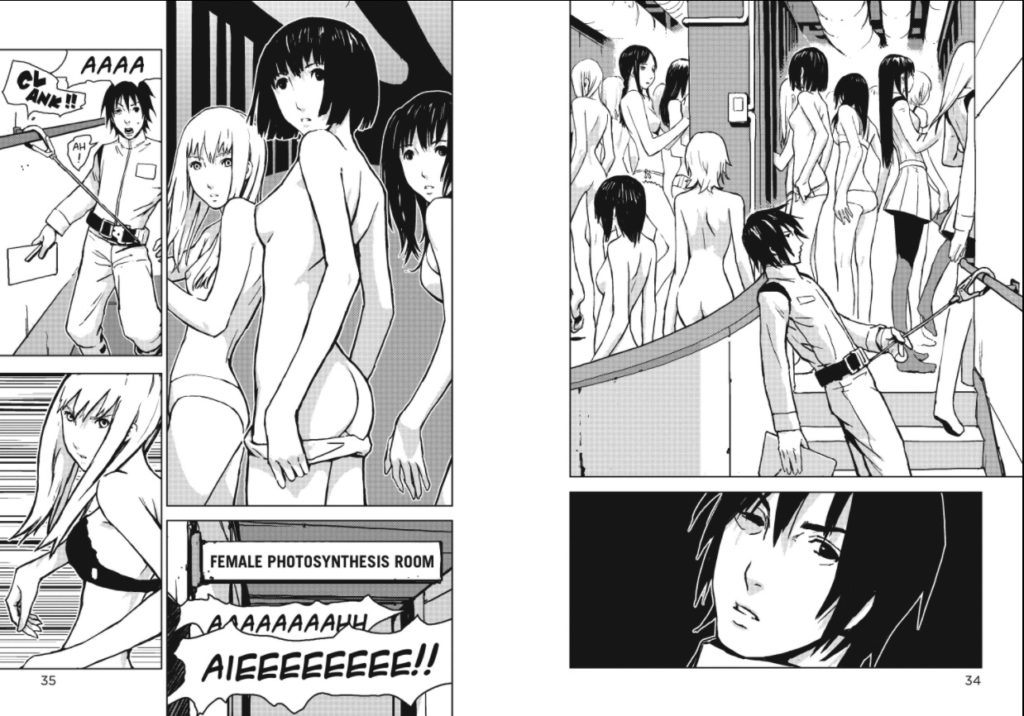
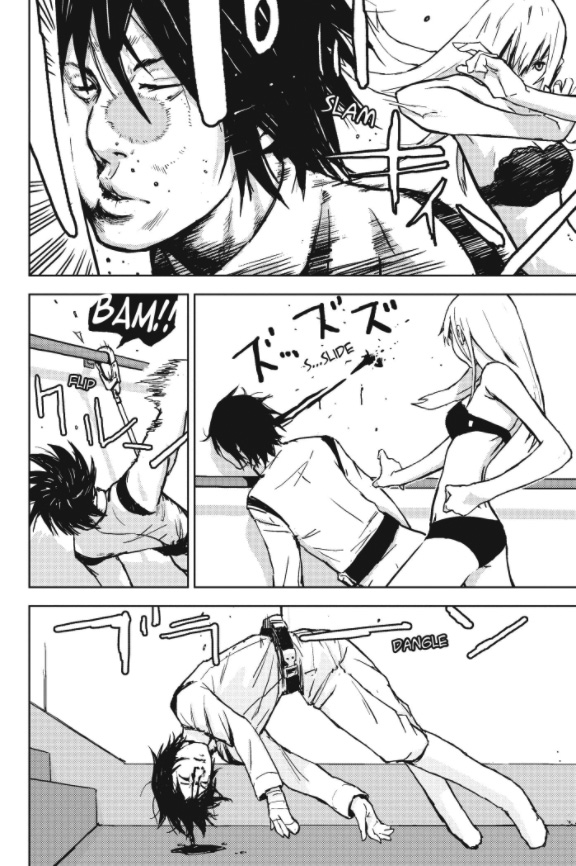
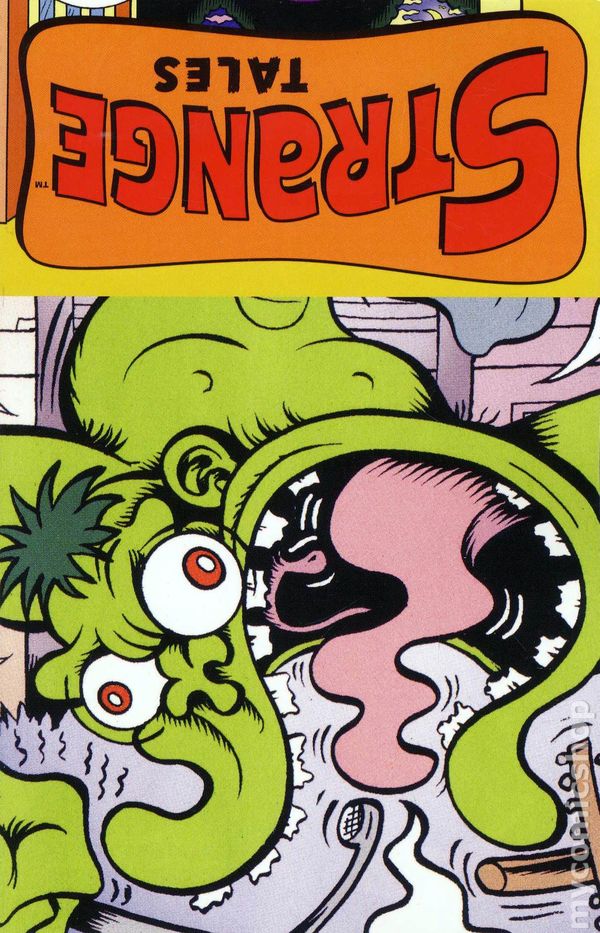
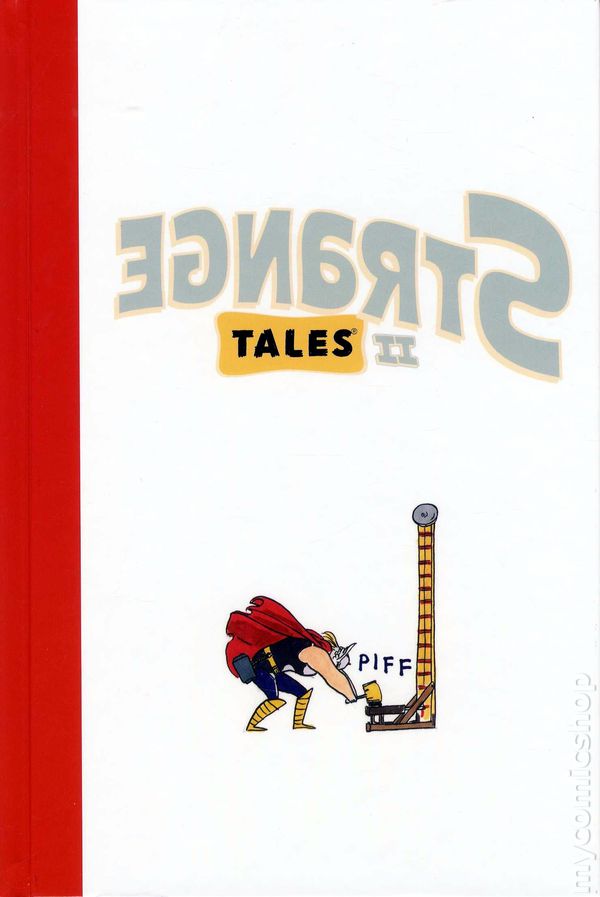
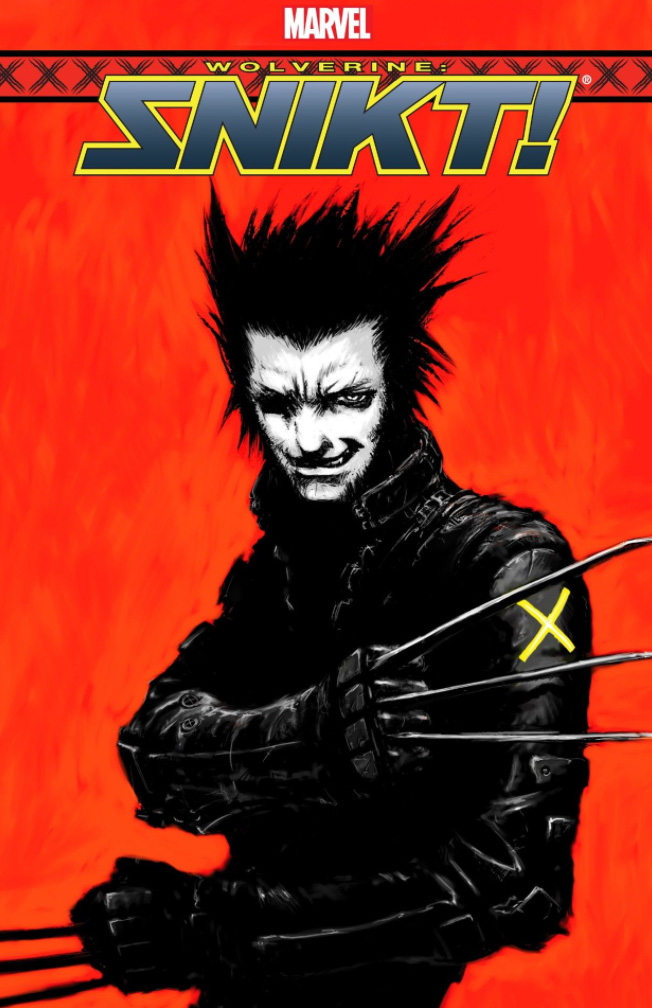
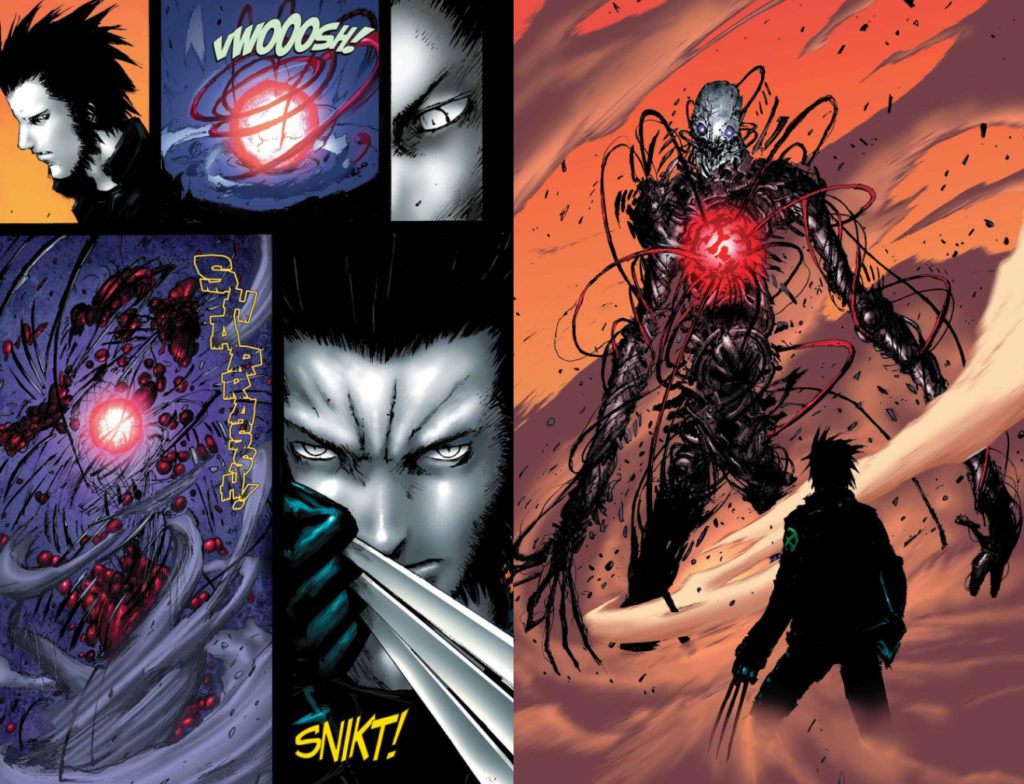
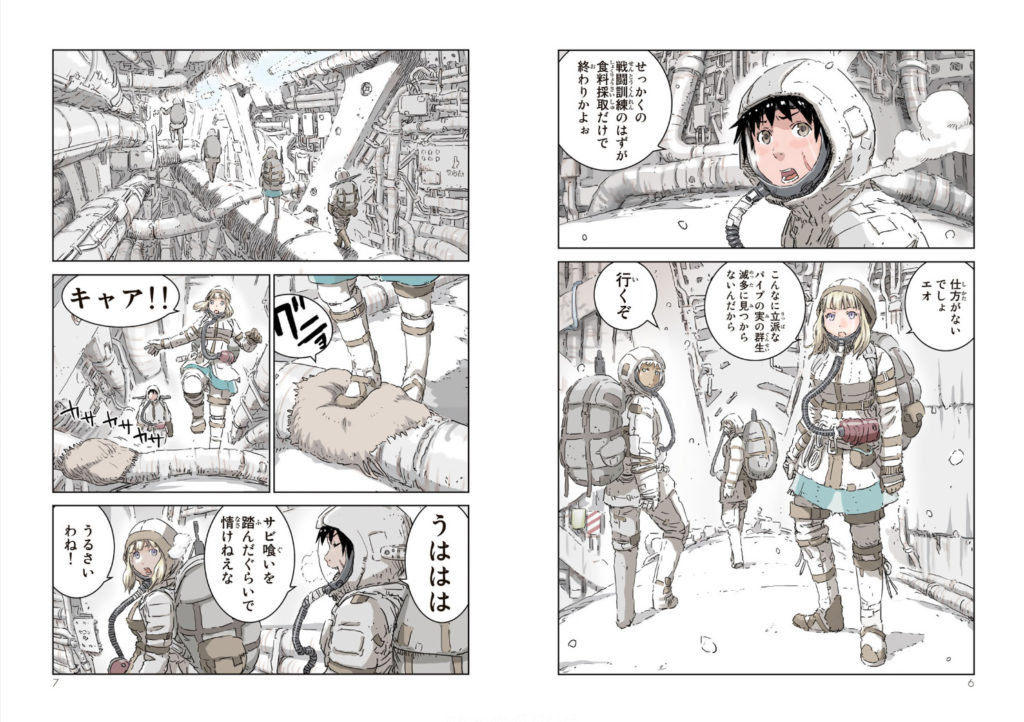
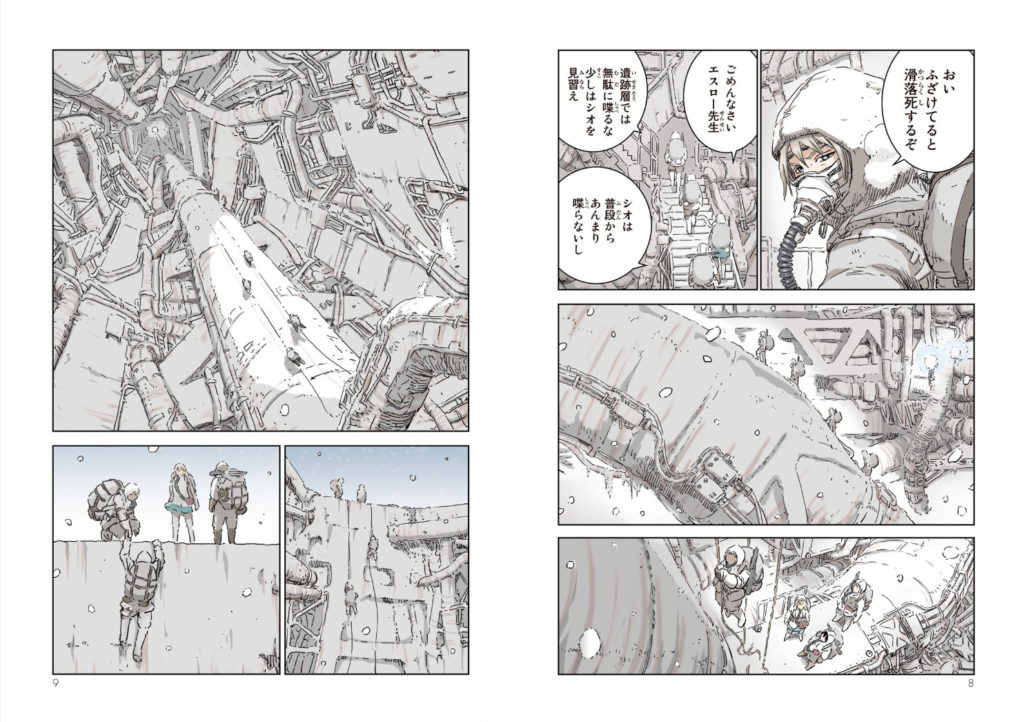
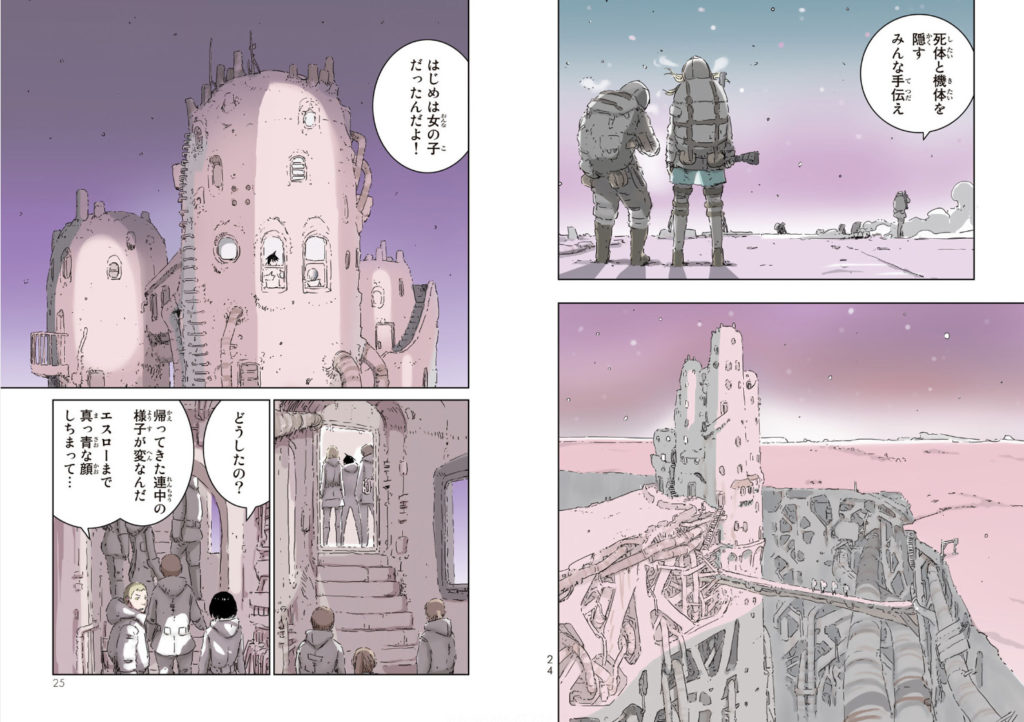
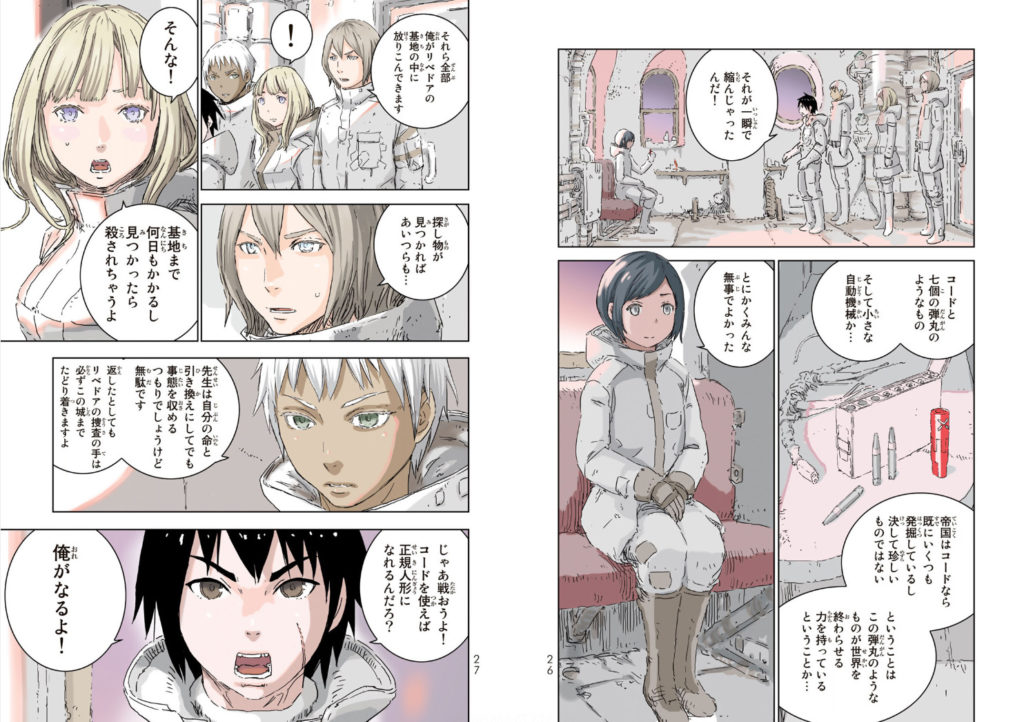
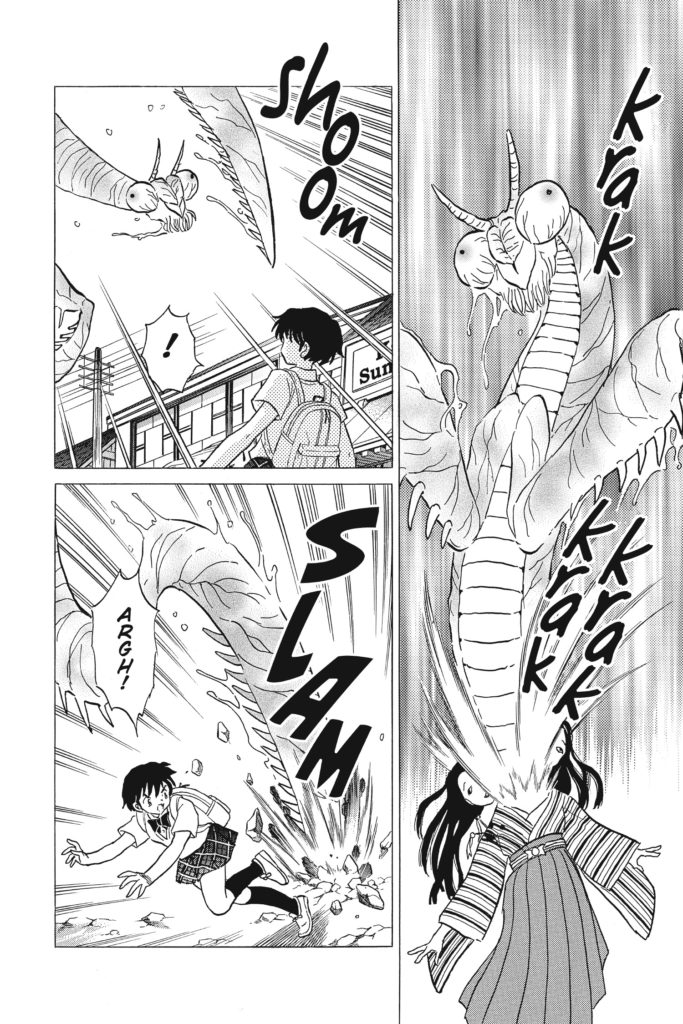
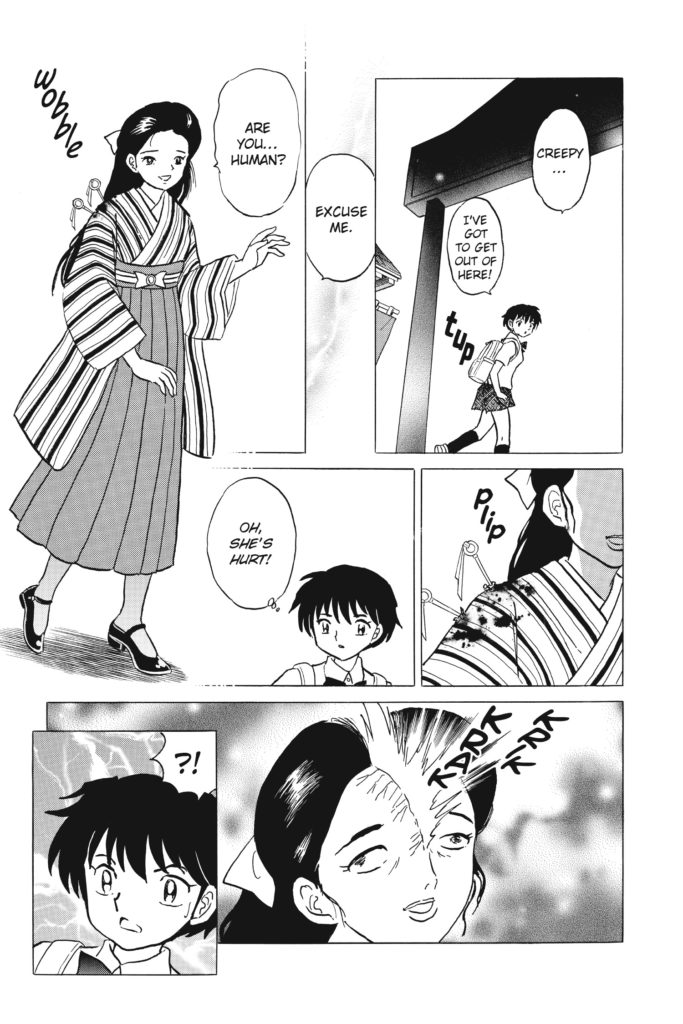
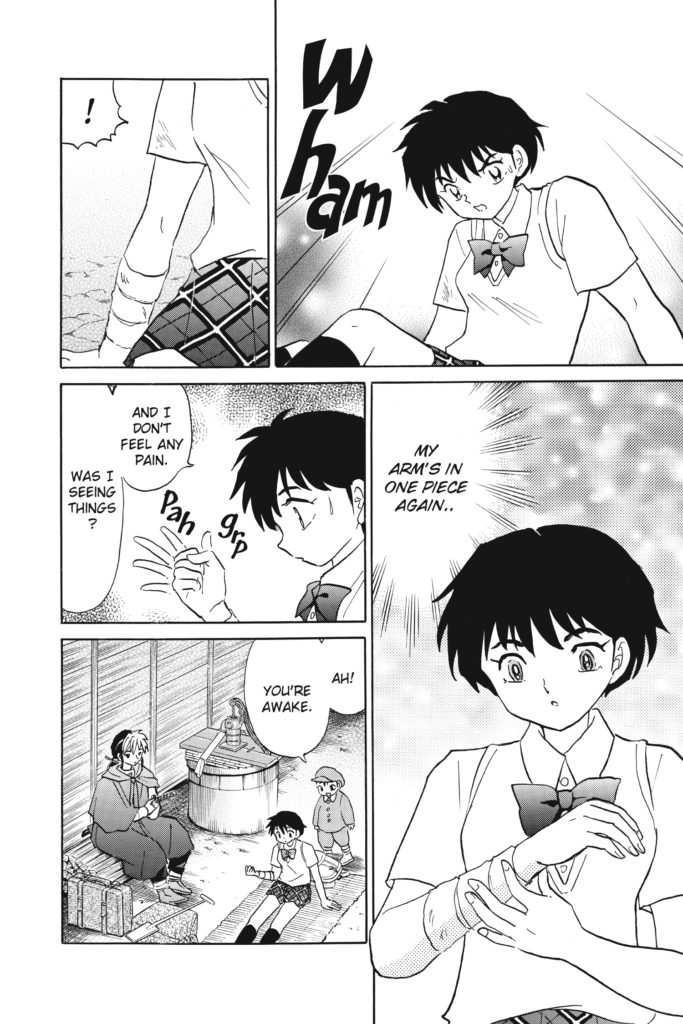
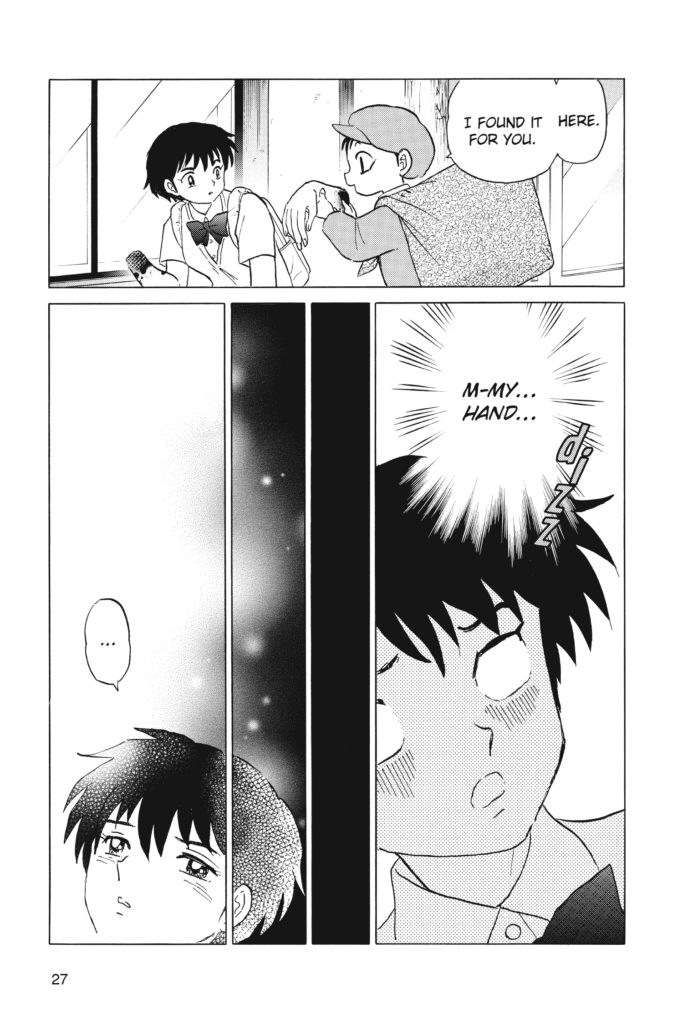
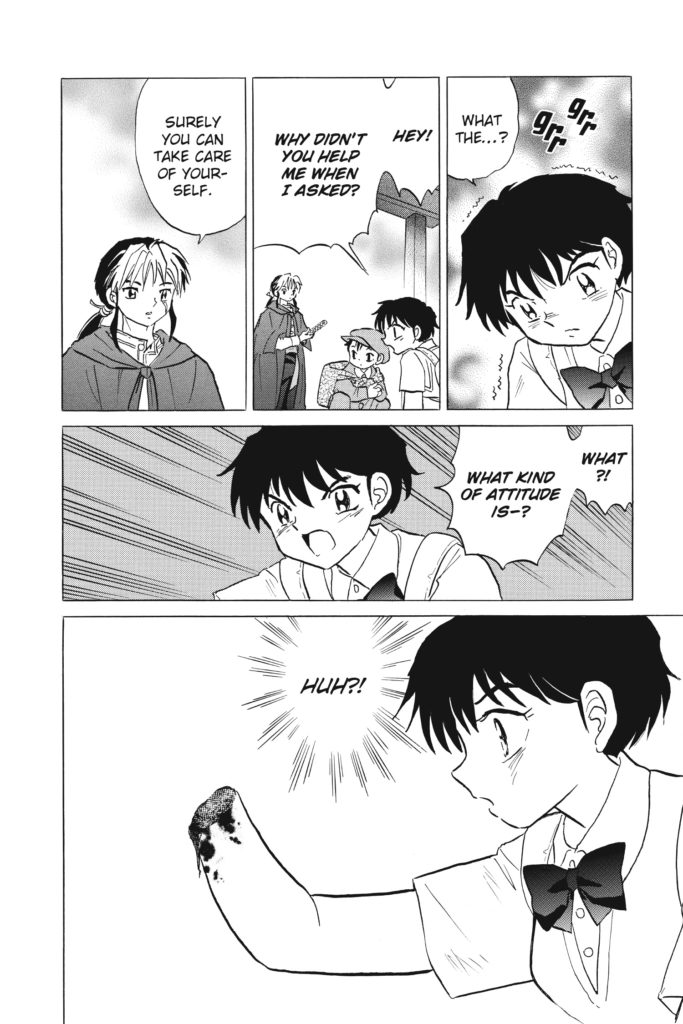
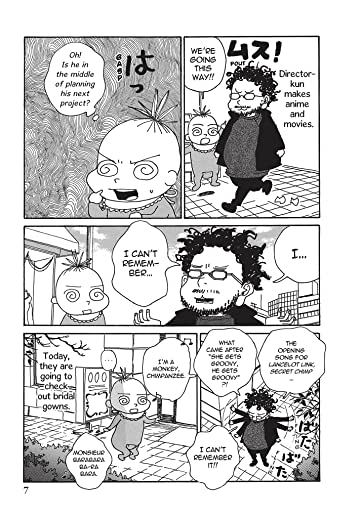
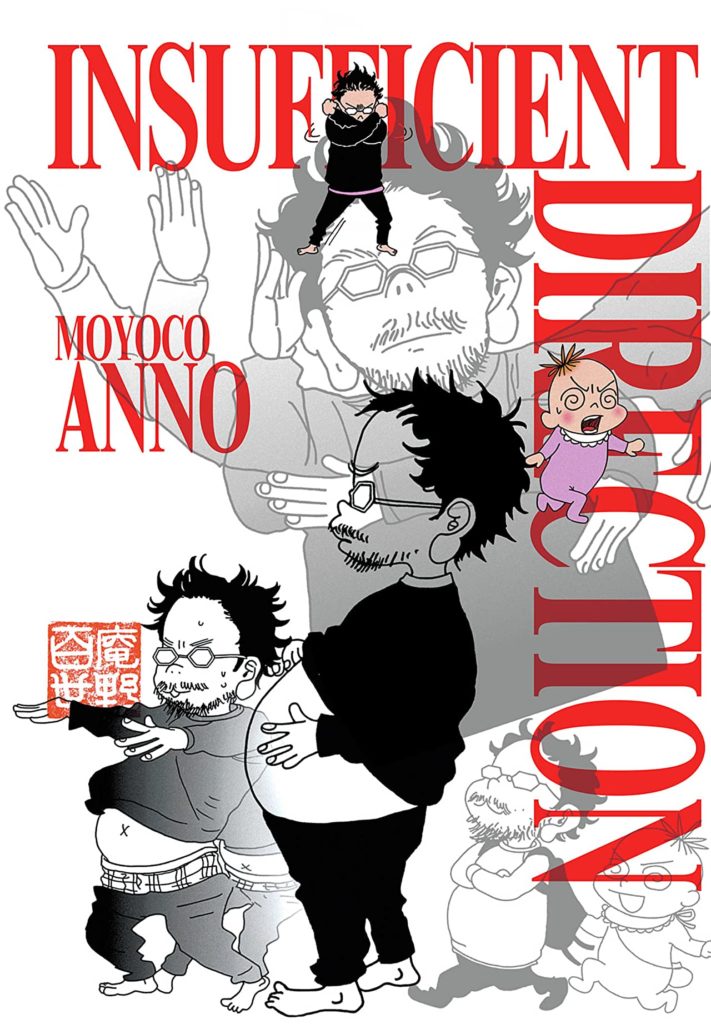
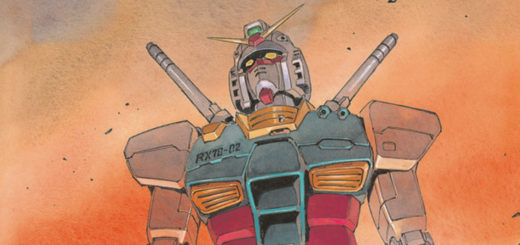
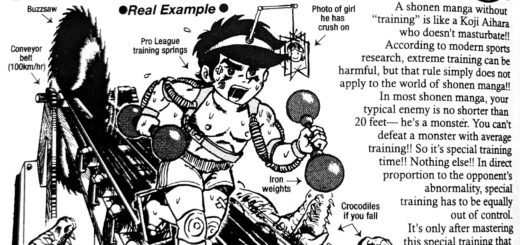
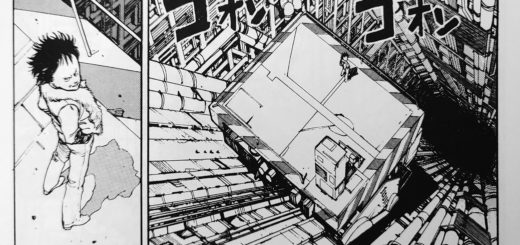
I haven’t even listened to the episode yet but I just wanted to say how happy I am that you’ve taken this retrospective approach to Nihei and his work. I’ve been enjoying his work for the past 20 years. He is slightly older than I am, and owing to the lag in localized publishing I’ve basically been reading his work at about the same age he was when he created it. His art, contrasting austere yet worn geometric architecture with squishy and unwholesome biological elements, has always clicked with me, and his visions of a deep future where humanity survives in the margins of its own constructed environment are weirdly compelling. Along with Masamune Shirow and Yukito Kishiro, Nihei was a powerful formative influence on what I like in science fiction and in comics. I suppose all three are a little out of the current zeitgeist (Shirow especially, though I can’t really blame him for choosing what must be a more lucrative and less mentally taxing way to make a living in art), but I hope you’ll eventually give the other two a look.
Anyway, I’ve been enjoying the podcast so far and I’m looking forward to what’s coming up. Thanks for doing what you do!
Really great format change. Its seems a good idea to do this every once in a while when we have EN translations spanning a time frame for a single creator. I knew nothing about this manga artist, so learned a lot….and it was nice to hear Chip blown away by the latest work.
Rakuen Le Paradis is one of my favorite manga magazines, so I’m delighted that you’re doing a work from it and a a really alternative work at that. I hope Chip loves Invitation to a Crab, too.
What a fantastic episode! I’d love to see this “chronological analysis”-style format again – it was enrapturing to learn not only about a work, but about a greater context. Perhaps the same format could be applied to a genre, as well – reading and comparing bits of seminal genre works from the ’60s, ’70s, ’80s, ’90s, ’00s, ’10s? …Hold up, I just had a podcast idea. (I would love to hear you tackle that, though.)
As an aside, Kodansha coincidentally has a line-wide 30% digital manga sale starting today, so Aposimz is super cheap! I’m gettin’ while the gettin’ is good.
I thought the format change for a retrospective on Nihei’s art was great, and it still fit within the parameters of what this show set out to do. A manga creator’s debut or sophomoric work might not be in your wheelhouse, but that doesn’t preclude them improving over time and delivering a work that could work for you. As much as I like discussions on narrative, because we only got a sampling of Nihei’s work, the conversation tended to focus on the art and the craft, and that was something I could really get into. I think the copious number of images in these show notes were really helpful in that regard. I can’t imagine the work that went into those alone.
Likewise, even though the Rumiko Takahashi comic wasn’t for you, we still got a great discussion out of it. I was struck by Chip’s recommendation for younger readers, because so often people can’t separate “not for me” and “not good,” when maybe it’s not bad but just for another audience entirely.
I love Nihei’s work and really enjoyed this discussion of his career. I first encountered Blame! in Japanese and then picked up volumes of Blame! in French and Abara in Japanese because it was one of the few examples where it didn’t matter to me that I couldn’t read the dialogue. (Also, I will forever remember the English text on the Japanese editions of Blame! “Adventure-seeker Killy in the cyber dungeon quest”! It was written in all caps and I didn’t even know that “Killy” was someone’s name.
One comparison I think is worth making is with Giovanni Battista Piranesi’s Imaginary Prisons series of etchings which show vast overwhelming architecture. Worth looking up!
As far as I know Wolverine: Snikt was only ever published by Marvel once (as Wolverine Legends Volume 5). That they have never reprinted this series has been one of the (many) baffling decisions that Marvel has made. I’m honestly surprised that it’s available online as that means that someone actually remembered that it existed.